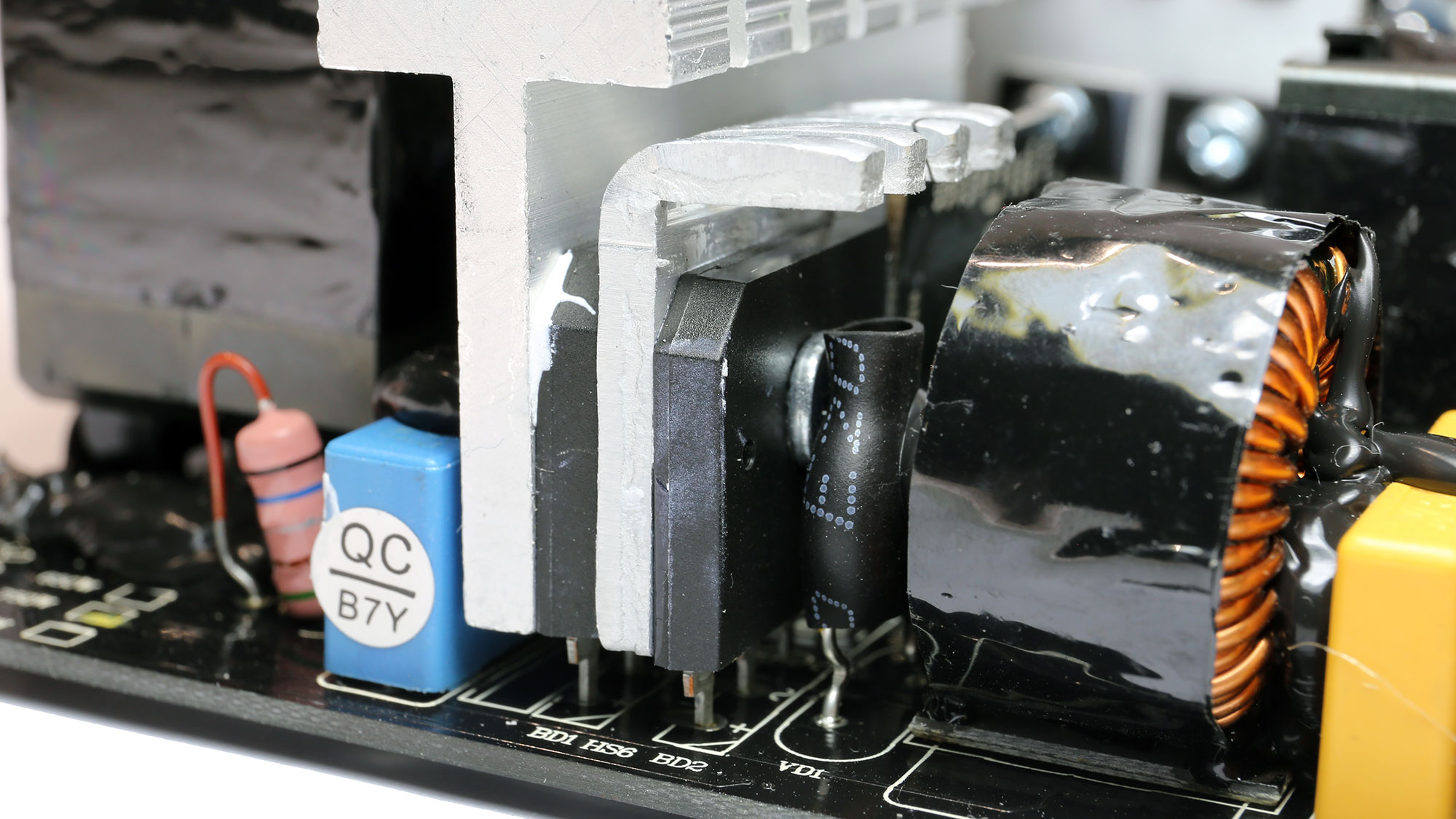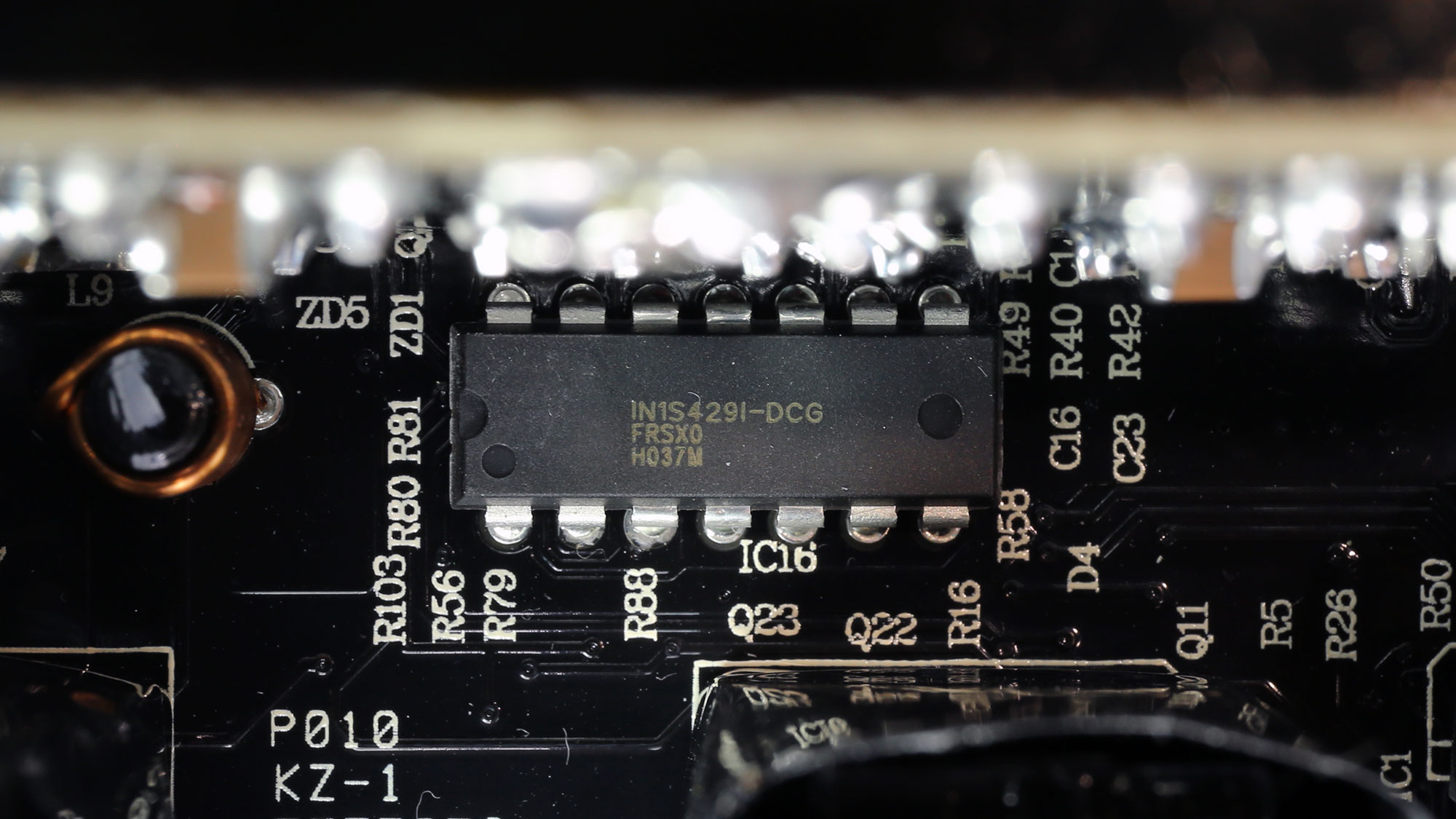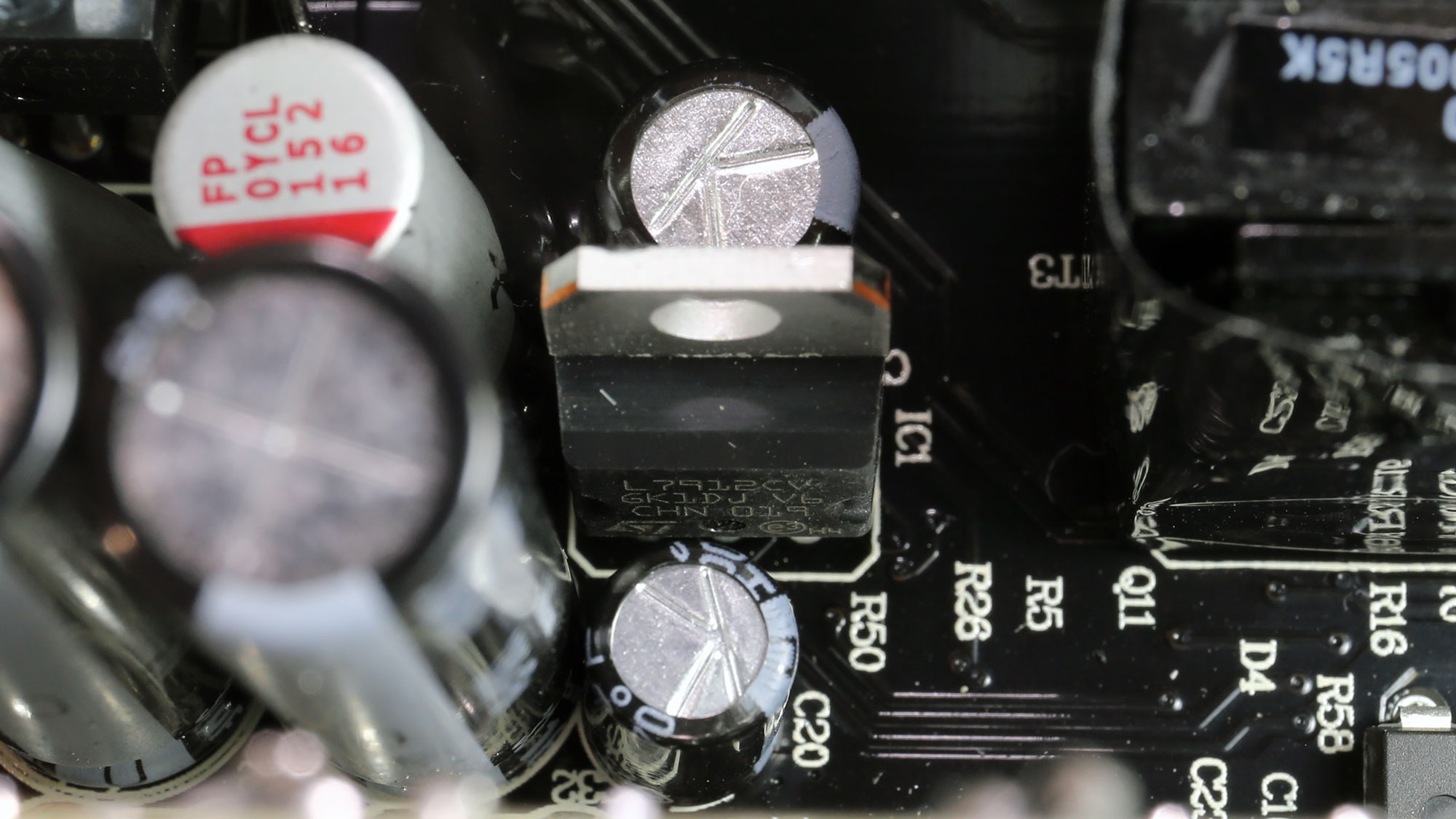Tom's Hardware Verdict
The EVGA SuperNOVA 750 GA is offered at a good price, given its build quality and performance. Moreover, it won't have any problems with power spikes because of the sky-high set protection features.
Pros
- +
Full power at 47 degrees Celsius
- +
Good build quality
- +
Efficient
- +
Efficient 5VSB rail
- +
Satisfactory load regulation
- +
Good enough ripple suppression
- +
Low inrush current with 115V
- +
Fully modular
- +
Compatible with the alternative sleep mode
- +
Compact dimensions
- +
DBB fan
- +
10-year warranty
Cons
- -
Protection features are not correctly set
- -
Low hold-up time
- -
High inrush current with 230V
- -
Low PF readings
- -
Higher than 0.1W vampire power with 230V input
- -
In-cable caps
- -
Short distance between the peripheral connectors
Why you can trust Tom's Hardware
The EVGA SuperNOVA 750 GA doesn't outperform the majority of competing offerings in the 750W category, including those among the best PSUs. Nonetheless, at $80, it is a good bargain, given its high build quality and decent overall performance. Moreover, the ten-year warranty shows EVGA's faith in its reliability.
There are multiple SuperNOVA power supply lineups from EVGA. The GA one range consists of four members with capacities ranging from 550W to 850W. We saw this one had positive reviews on Amazon and other resellers, so we chose to get and test one.
The 750W member of the SuperNOVA GA line will be our test subject. This unit has Gold efficiency in the 80 Plus standard and Silver in the Cybenetics scale. It also has a Cybenetics Standard++ noise rating, meaning that you won't need earplugs to use it. Besides the fully modular cable design and compact dimensions, the double ball-bearing fan is another interesting feature. DBB fans, in general, are preferred to FDB ones under harsh conditions because they are more tolerant to increased operating temperatures.
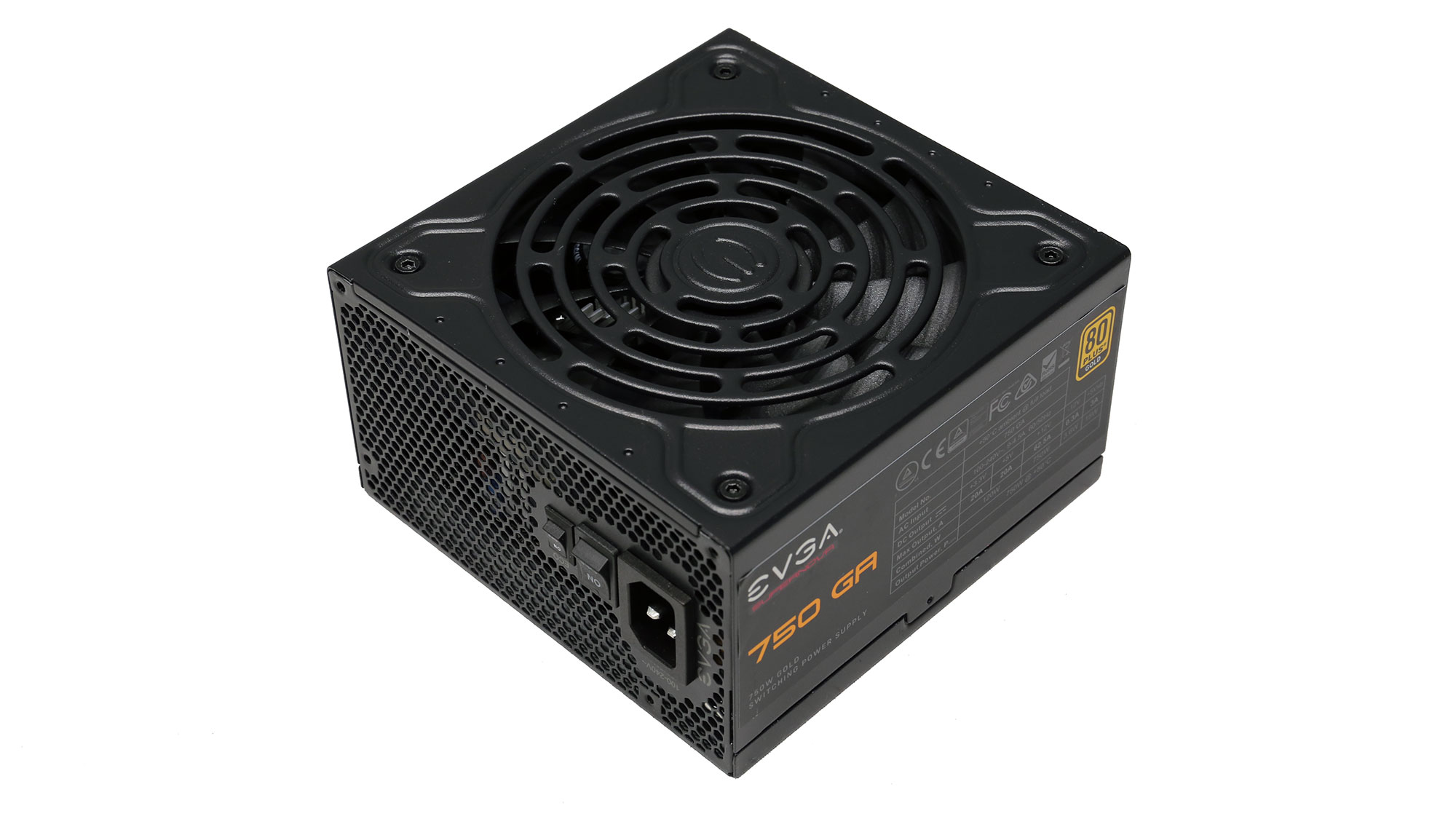

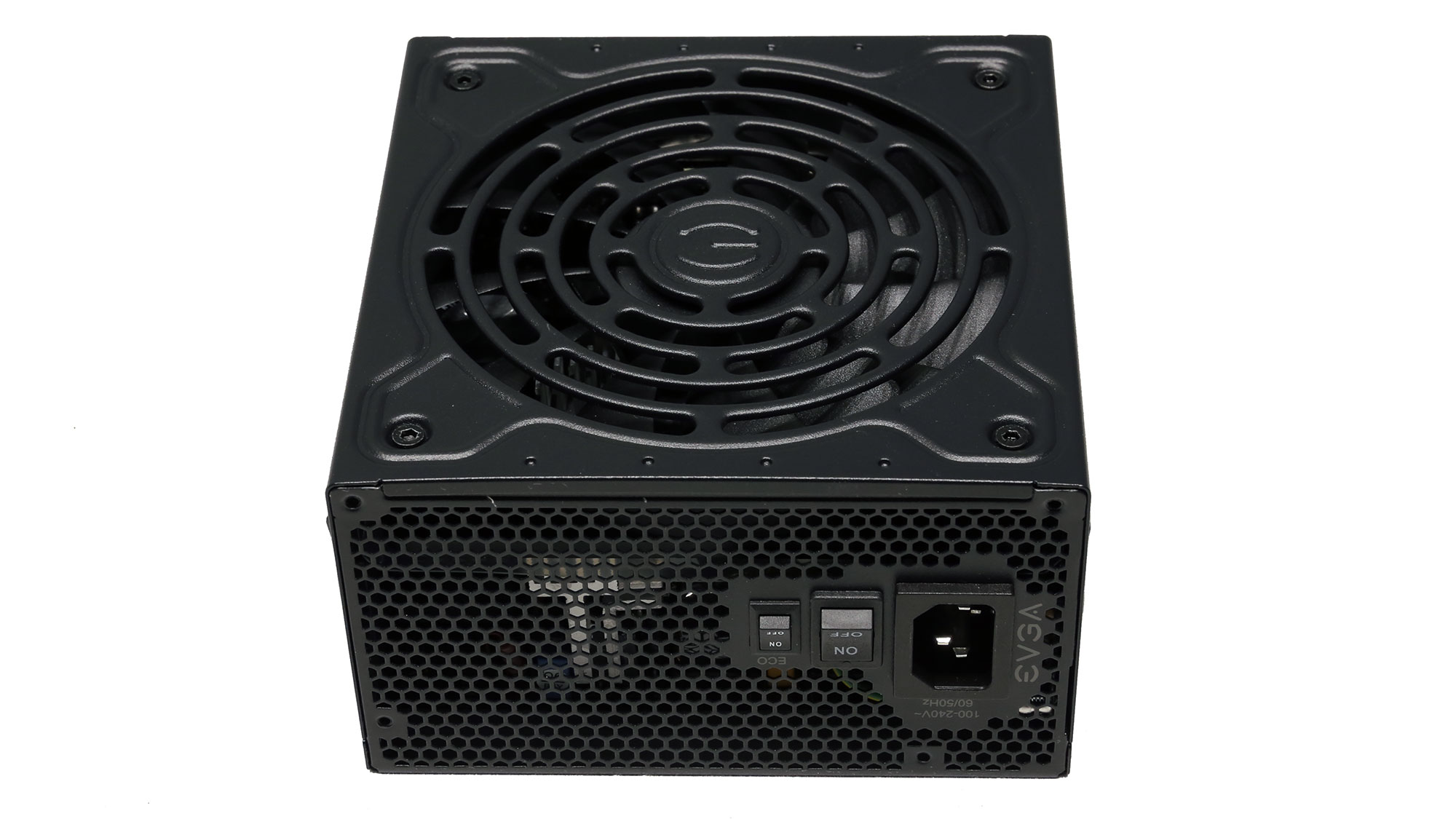

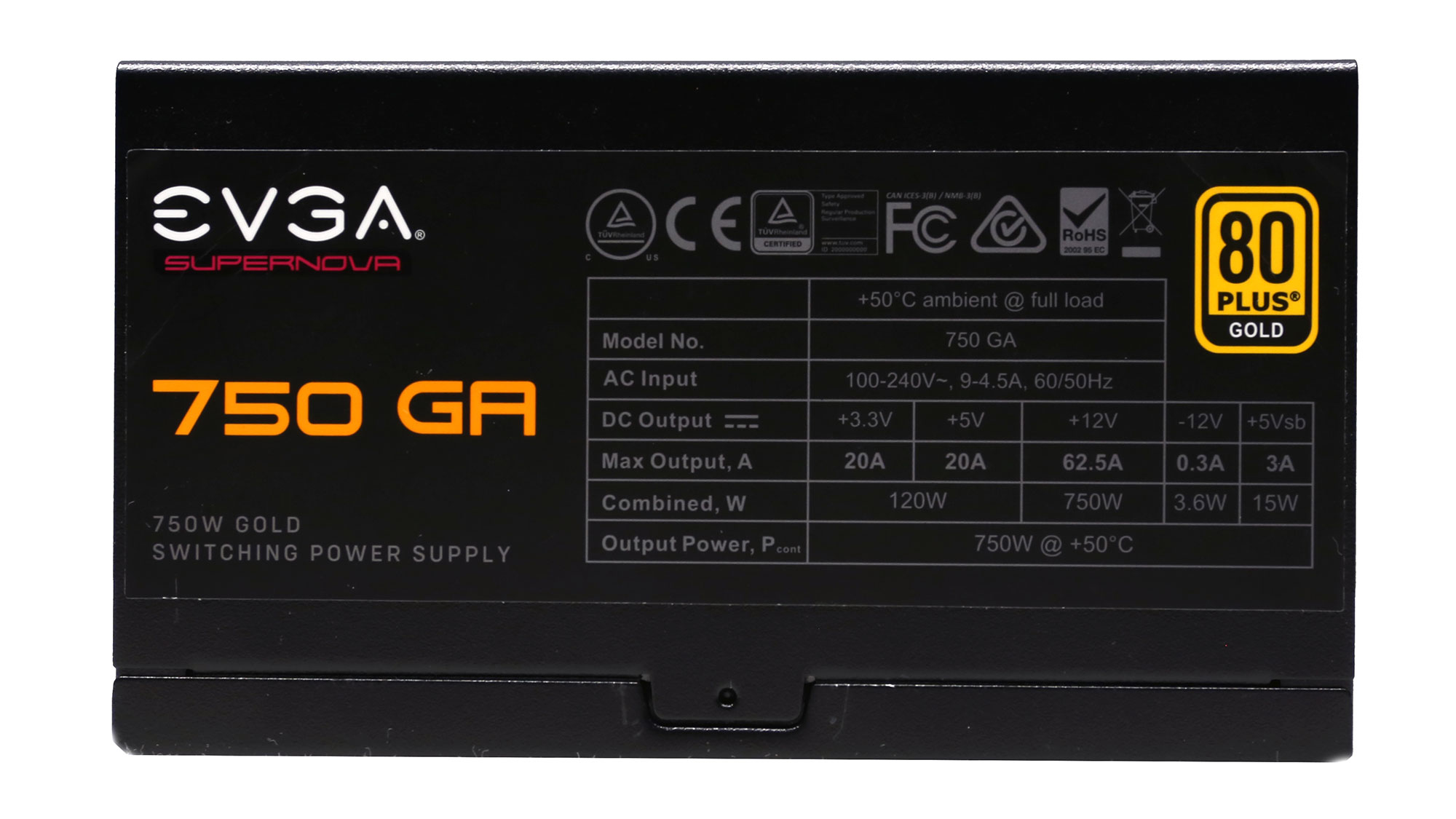
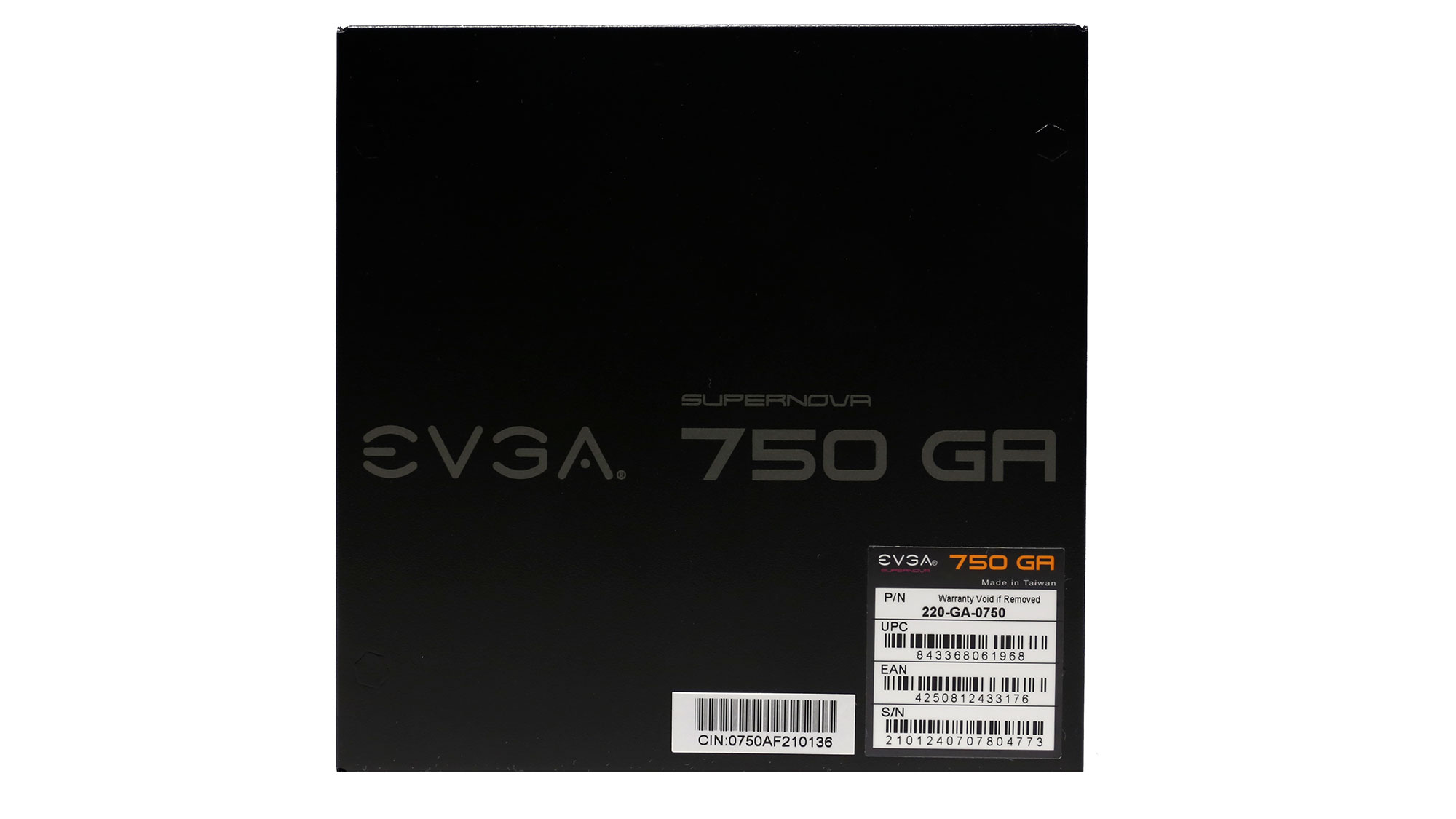
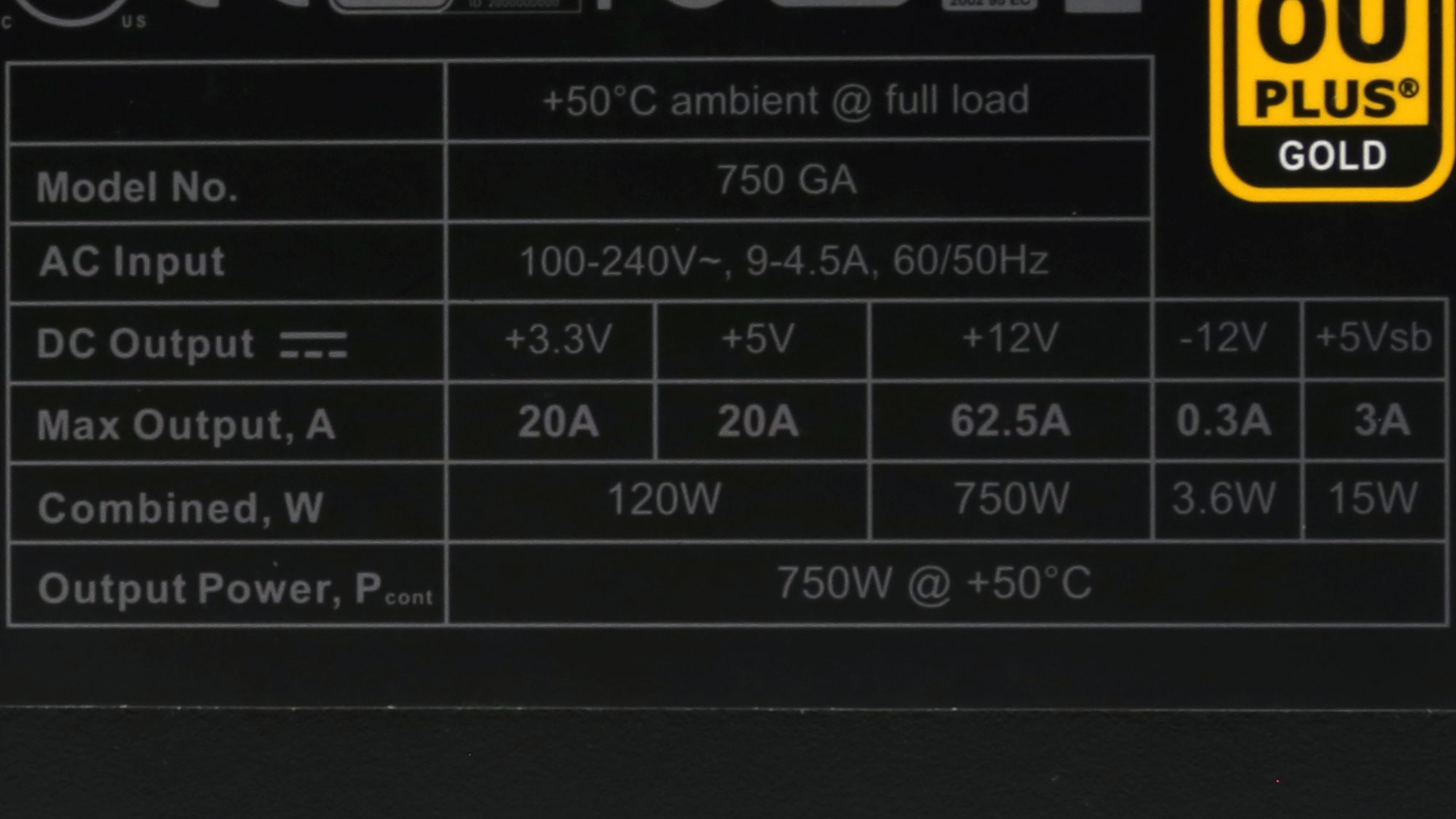
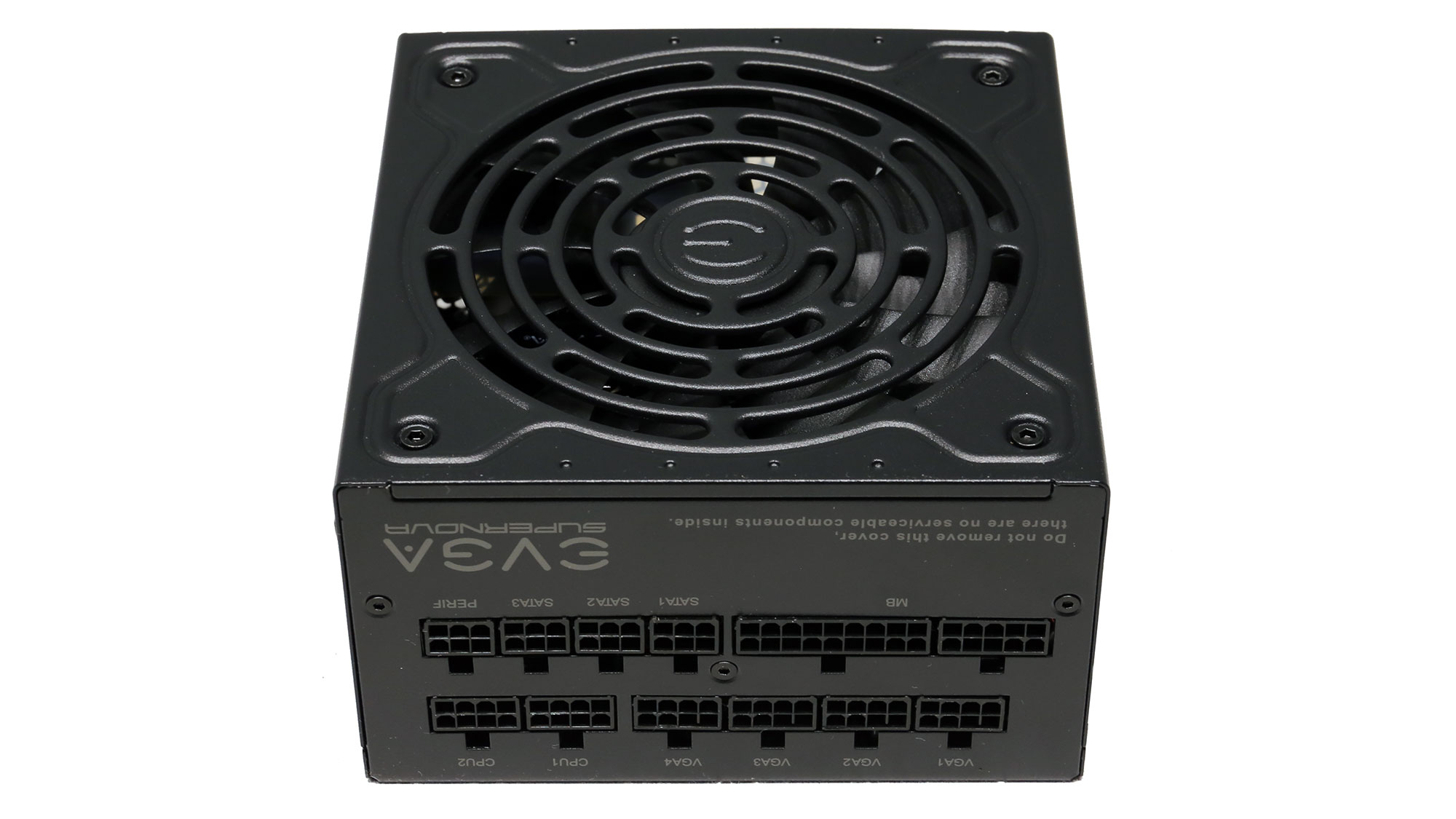

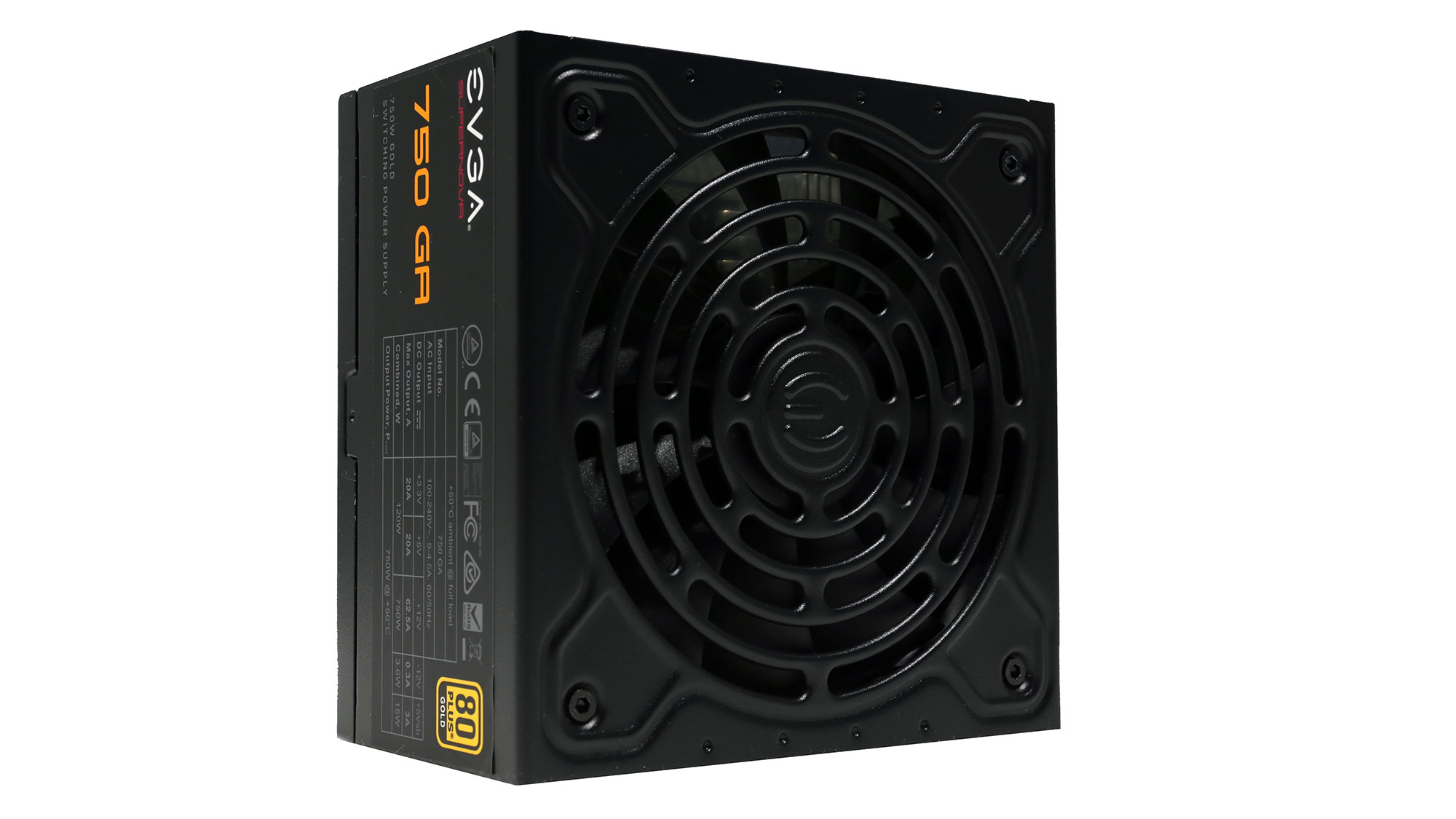
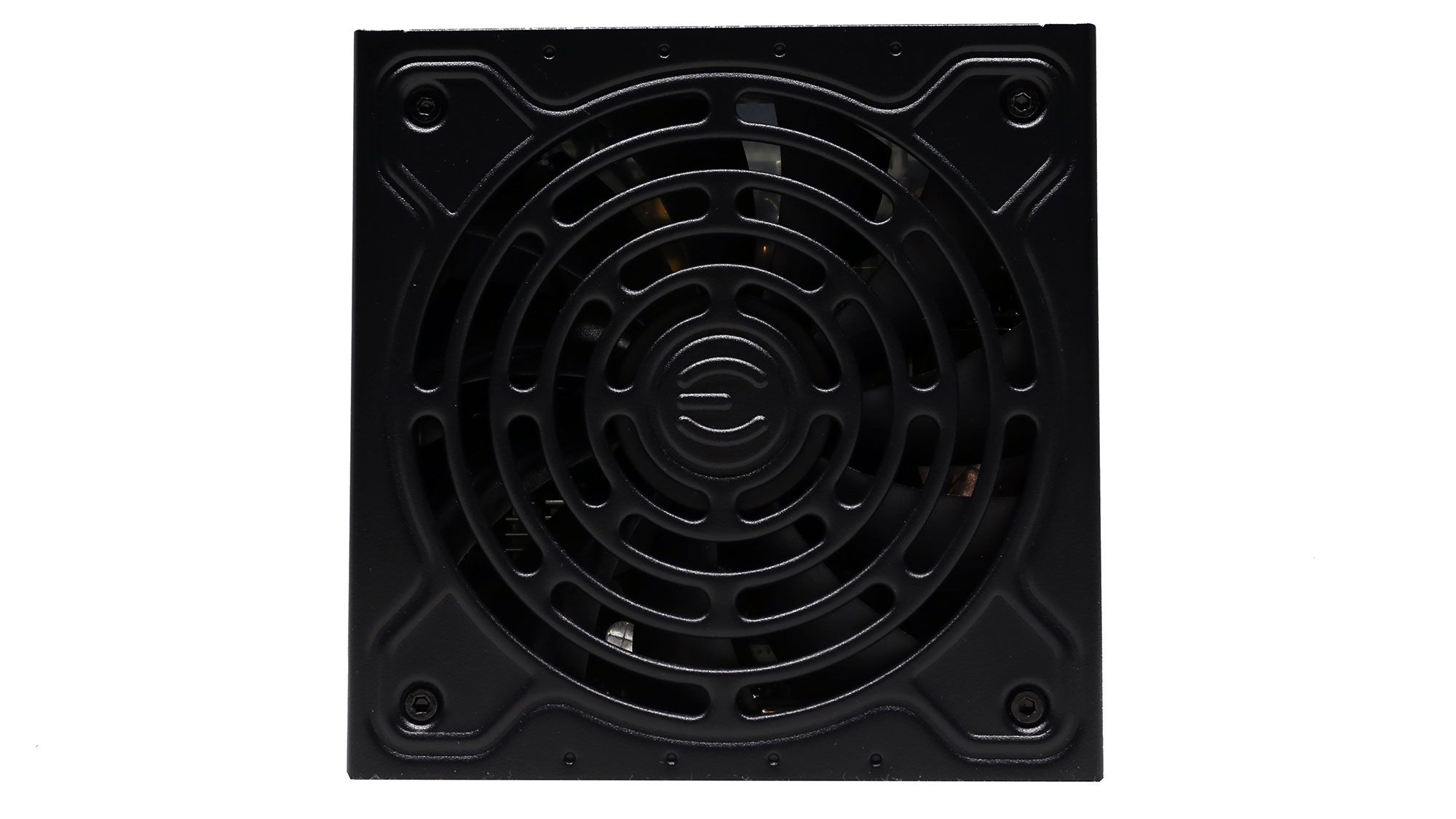

The OEM behind the SuperNOVA 750 GA is Andyson, a manufacturer we don't often see. This is a shame because we have seen some terrific platforms from this OEM in the past, including the Aerocool Project 7 PSUs.


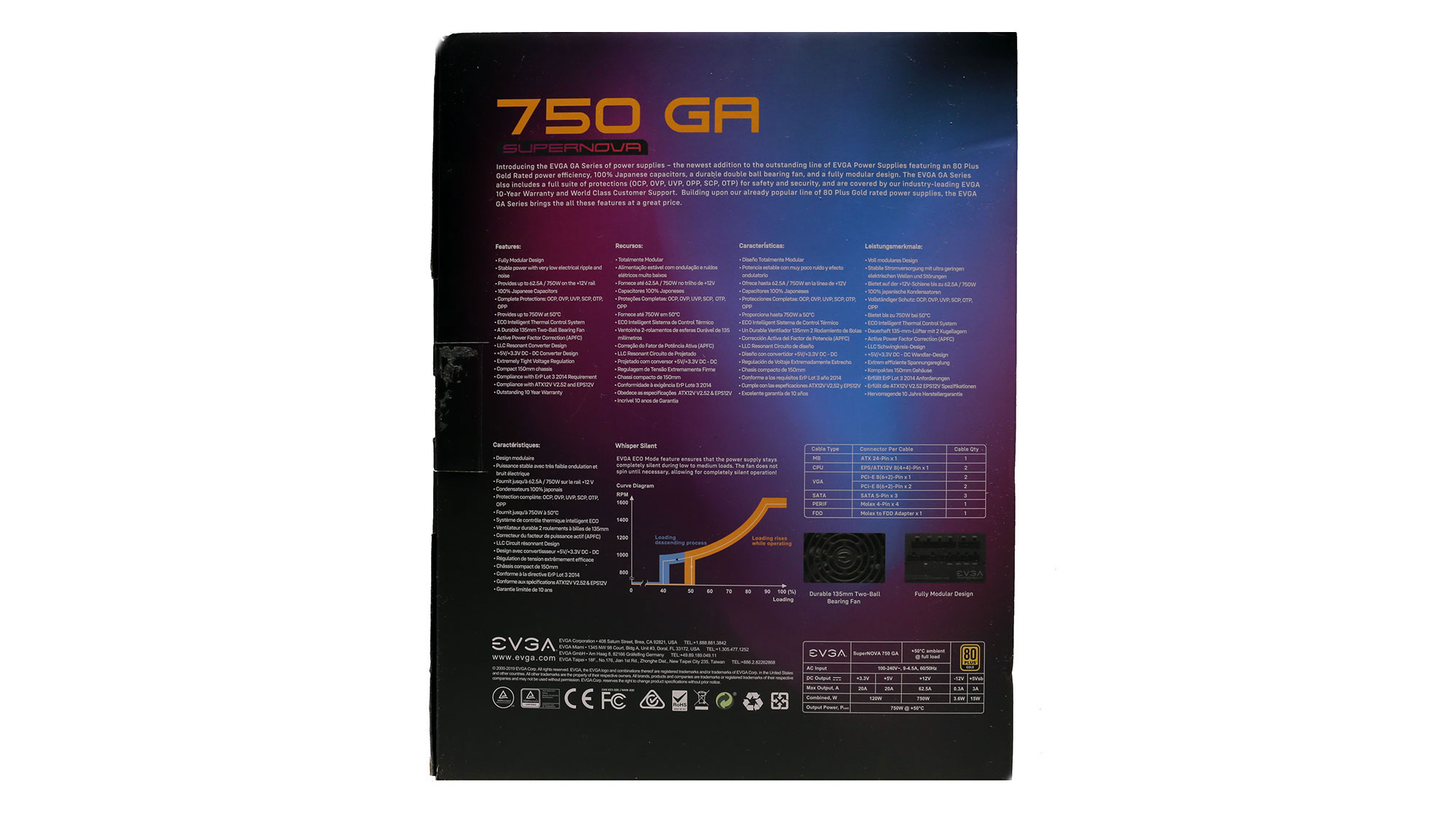
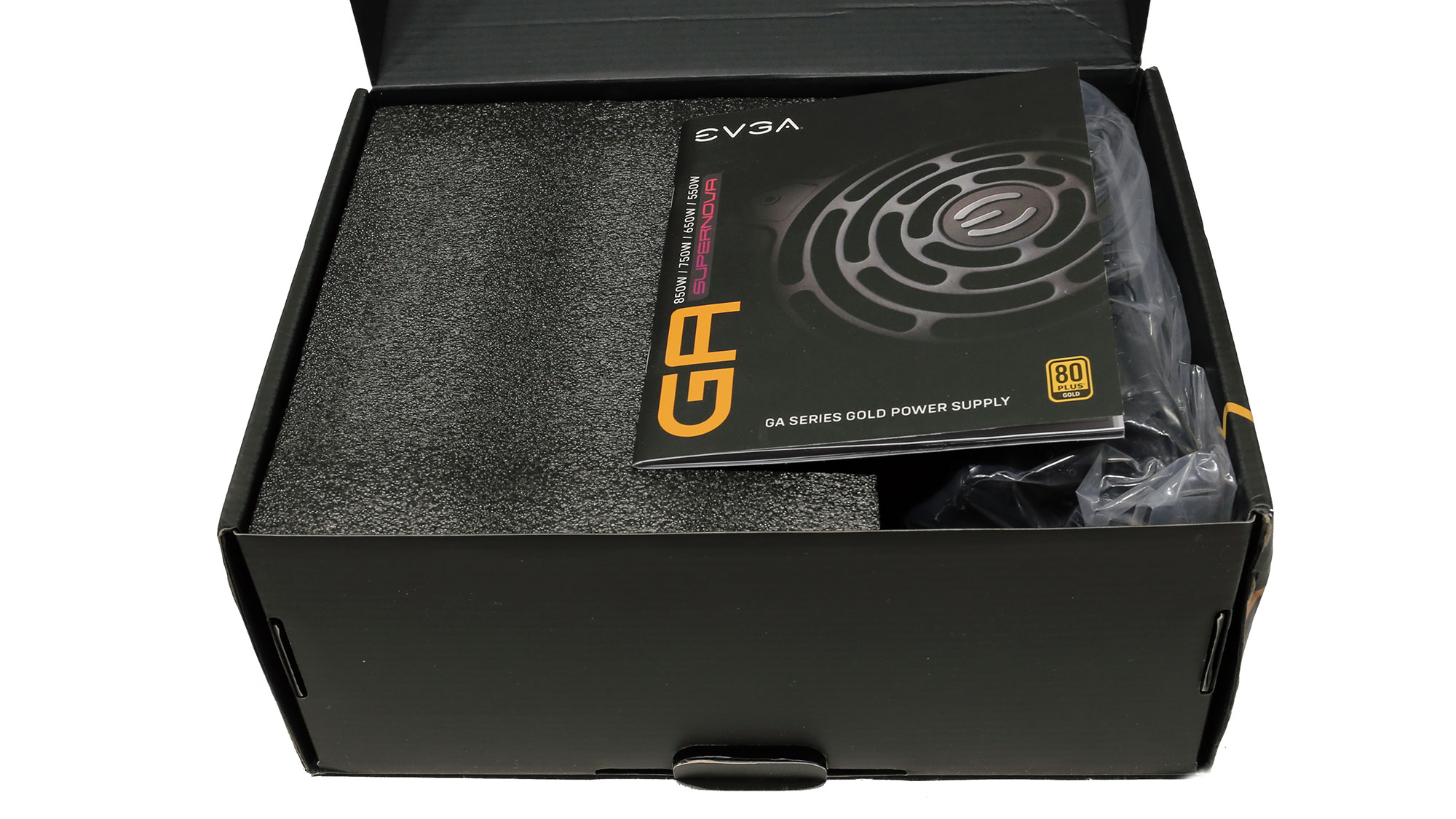
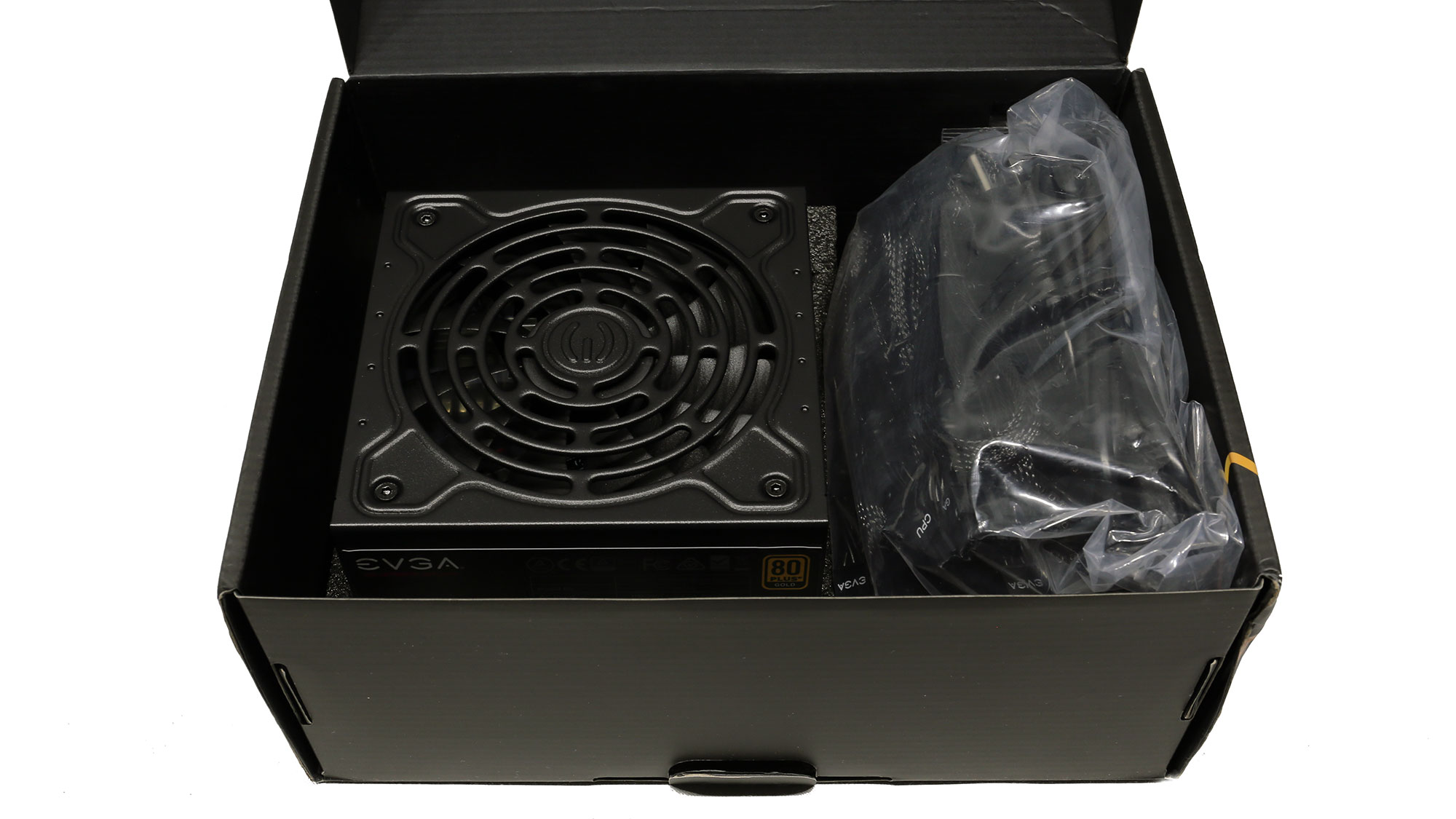
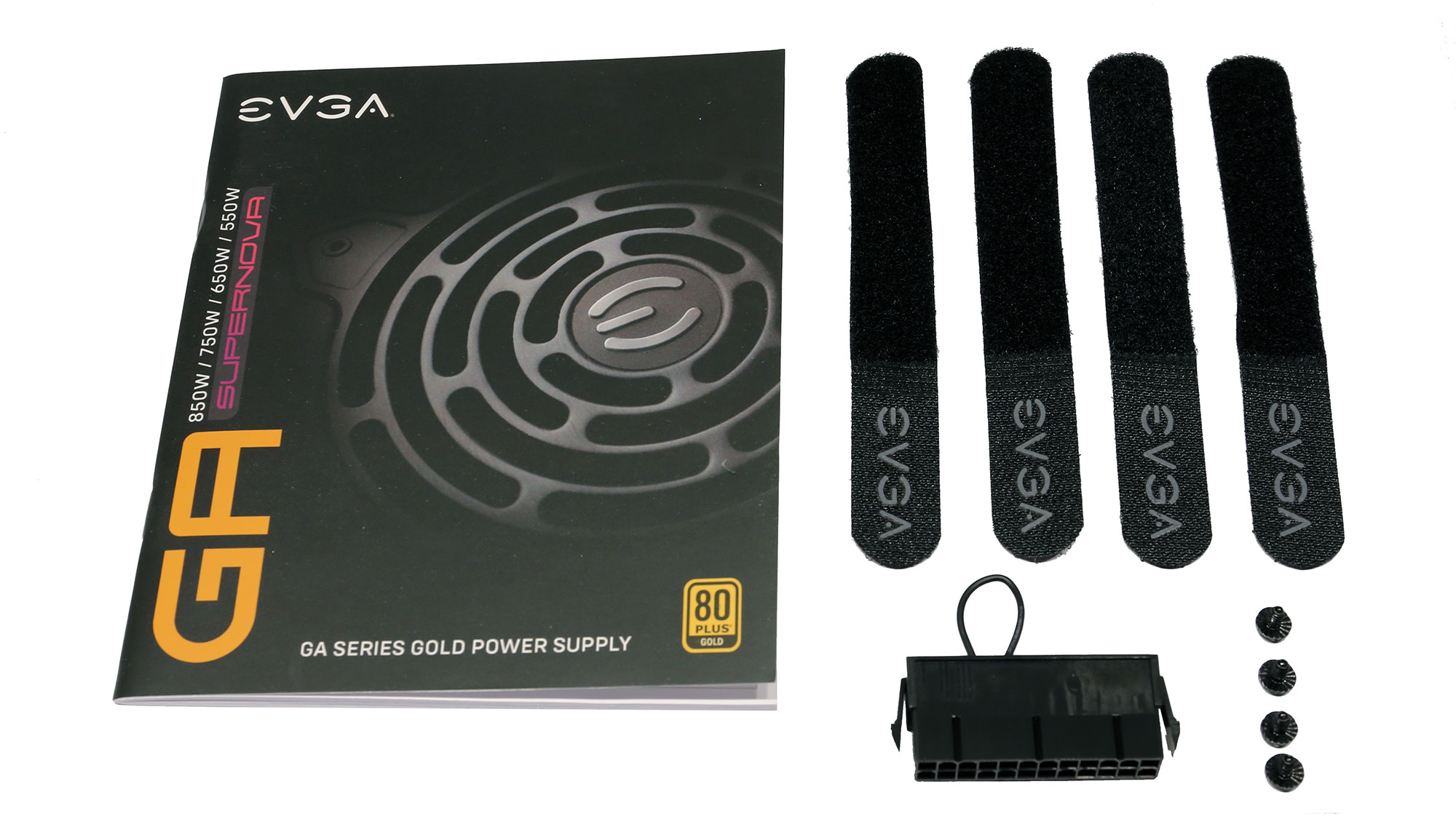


Specifications
| Manufacturer (OEM) | Andyson |
| Max. DC Output | 750W |
| Efficiency | 80 PLUS Gold, Cybenetics Silver (85-87%) |
| Noise | Cybenetics S++ (30-35 dB[A]) |
| Modular | ✓ (Fully) |
| Intel C6/C7 Power State Support | ✓ |
| Operating Temperature (Continuous Full Load) | 0 - 50°C |
| Over Voltage Protection | ✓ |
| Under Voltage Protection | ✓ |
| Over Power Protection | ✓ |
| Over Current (+12V) Protection | ✓ |
| Over Temperature Protection | ✓ |
| Short Circuit Protection | ✓ |
| Surge Protection | ✓ |
| Inrush Current Protection | ✓ |
| Fan Failure Protection | ✗ |
| No Load Operation | ✓ |
| Cooling |
135mm Double Ball Bearing Fan (RL4Z B1352512EH) |
| Semi-Passive Operation | ✓ (Selectable) |
| Dimensions (W x H x D) | 150 x 85 x 150mm |
| Weight | 1.54 kg (3.4 lb) |
| Form Factor | ATX12V v2.52, EPS 2.92 |
| Warranty | 10 Years |
Power Specifications
| Rail | Row 0 - Cell 1 | 3.3V | 5V | 12V | 5VSB | -12V |
| Max. Power | Amps | 20 | 20 | 62.5 | 3 | 0.3 |
| Row 2 - Cell 0 | Watts | Row 2 - Cell 2 | 120 | 750 | 15 | 3.6 |
| Total Max. Power (W) | Row 3 - Cell 1 | Row 3 - Cell 2 | 750 | Row 3 - Cell 4 | Row 3 - Cell 5 | Row 3 - Cell 6 |
Cables & Connectors
| Description | Cable Count | Connector Count (Total) | Gauge | In Cable Capacitors |
|---|---|---|---|---|
| ATX connector 20+4 pin (590mm) | 1 | 1 | 16-18AWG | No |
| 4+4 pin EPS12V (700mm) | 2 | 2 | 18-22AWG | Yes |
| 6+2 pin PCIe (700mm+150mm) | 2 | 4 | 18-22AWG | Yes |
| 6+2 pin PCIe (700mm) | 2 | 2 | 18-22AWG | Yes |
| SATA (560mm+105mm+105mm) | 3 | 9 | 18AWG | No |
| 4-pin Molex (550mm+100mm+100mm+100mm) | 1 | 4 | 18AWG | No |
| FDD Adapter (100mm) | 1 | 1 | 22AWG | No |
| AC Power Cord (1400mm) - C13 coupler | 1 | 1 | 18AWG | - |
There are two EPS connectors on dedicated cables and six PCIe on four cables. The number of peripheral cables is adequate, but the distance between the peripheral connectors is short, at just 100 mm. Lastly, the in-cable caps in the ATX, EPS, and PCIe cables might cause trouble during cable management.

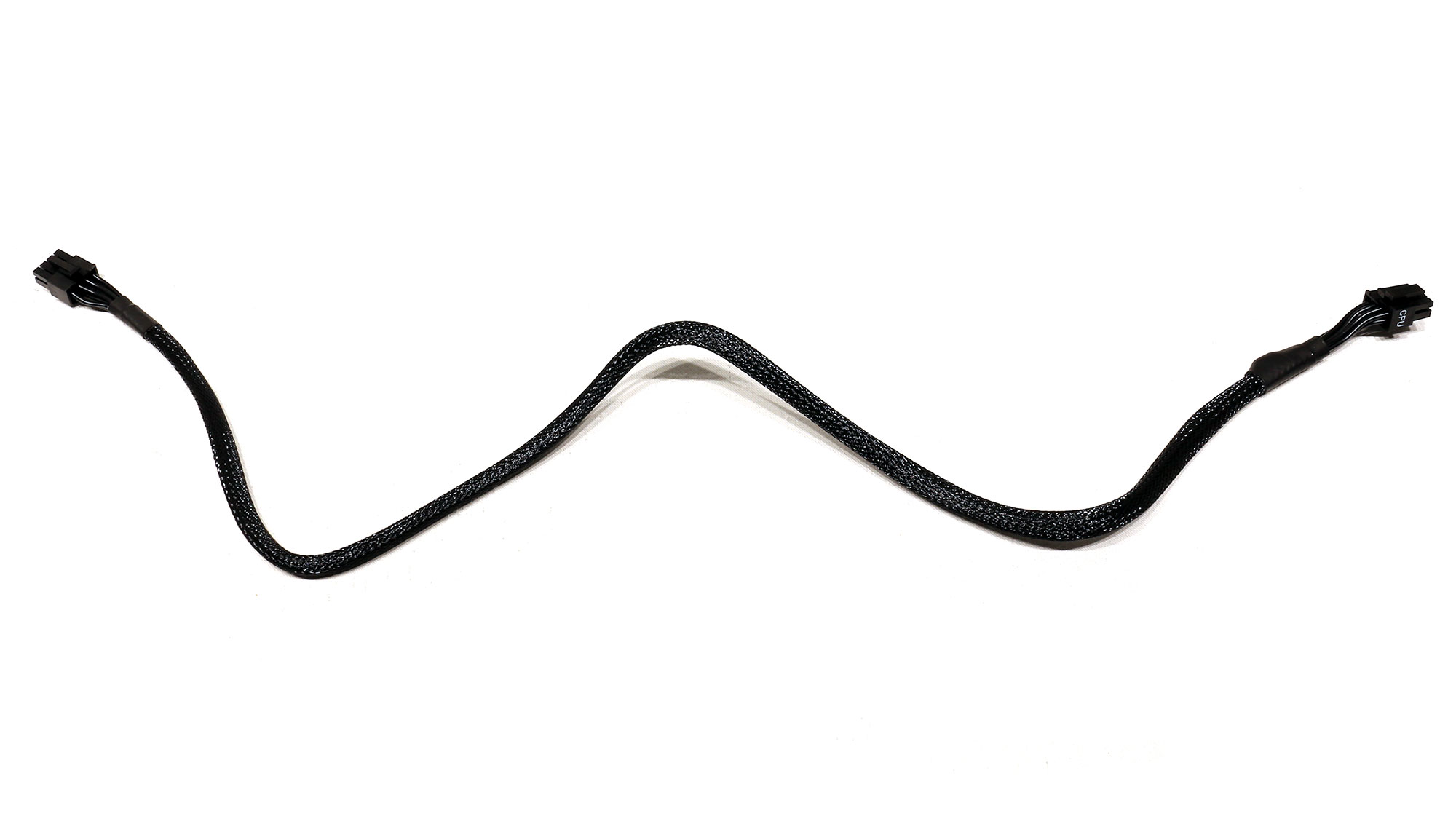
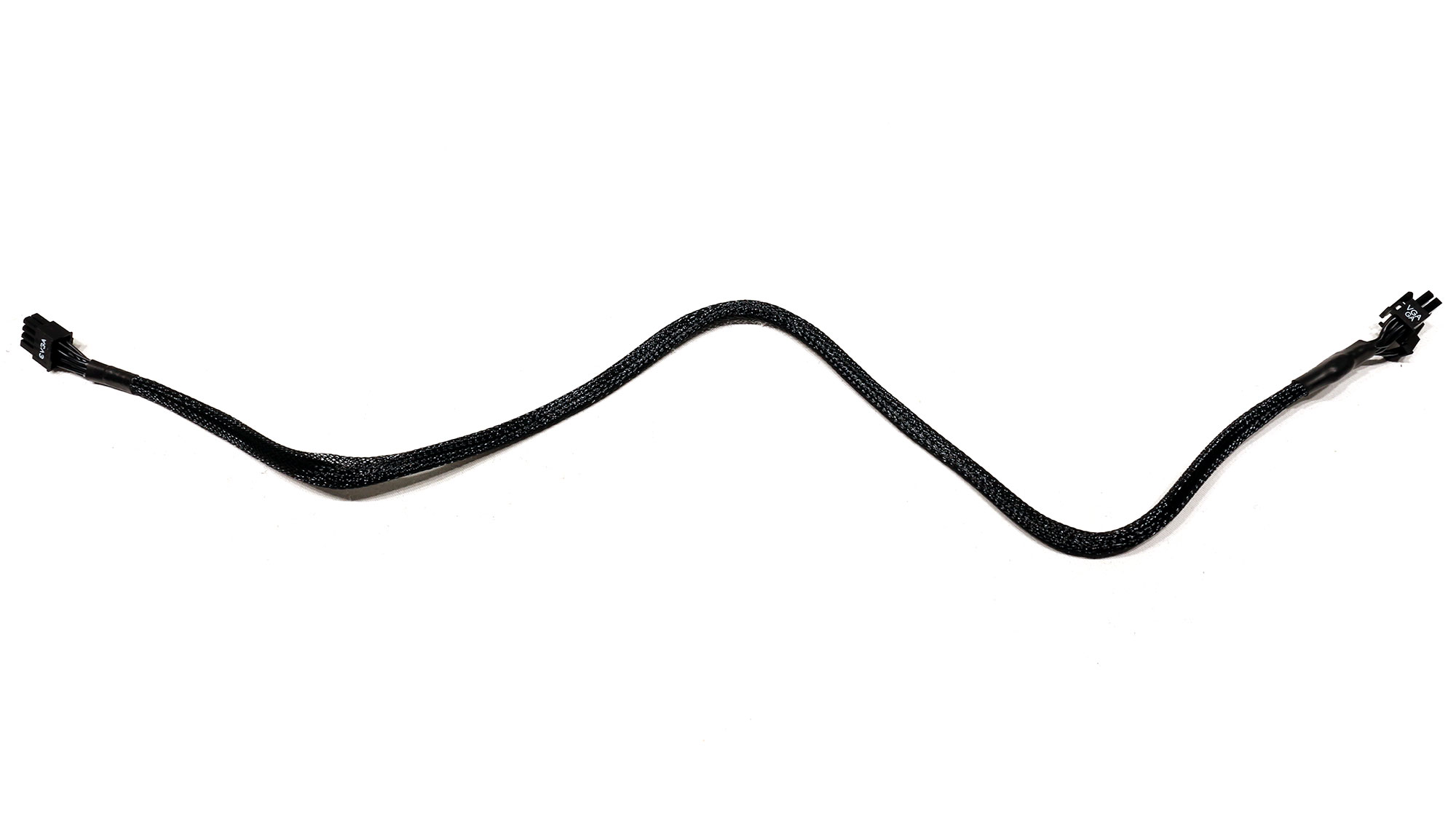
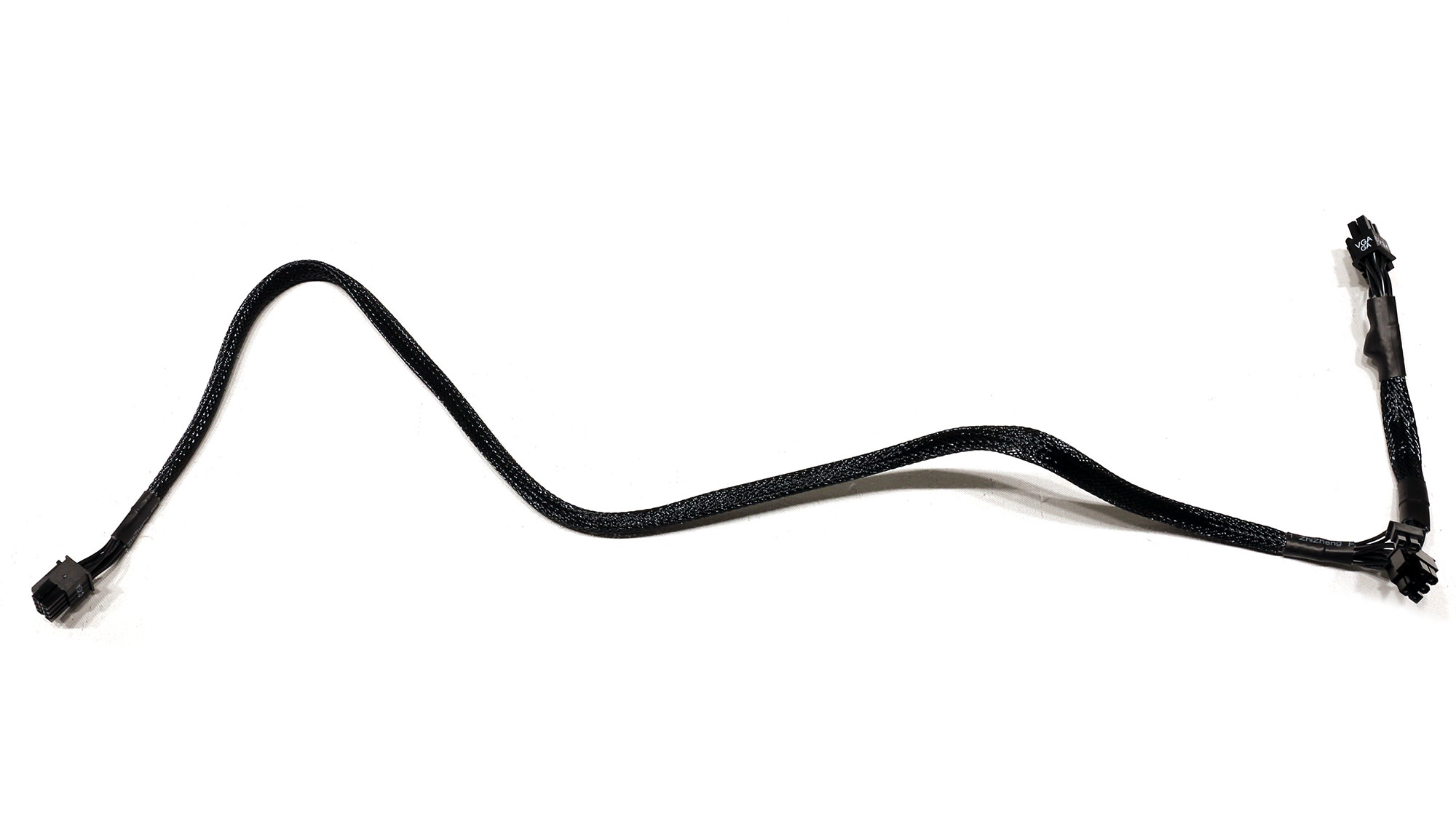
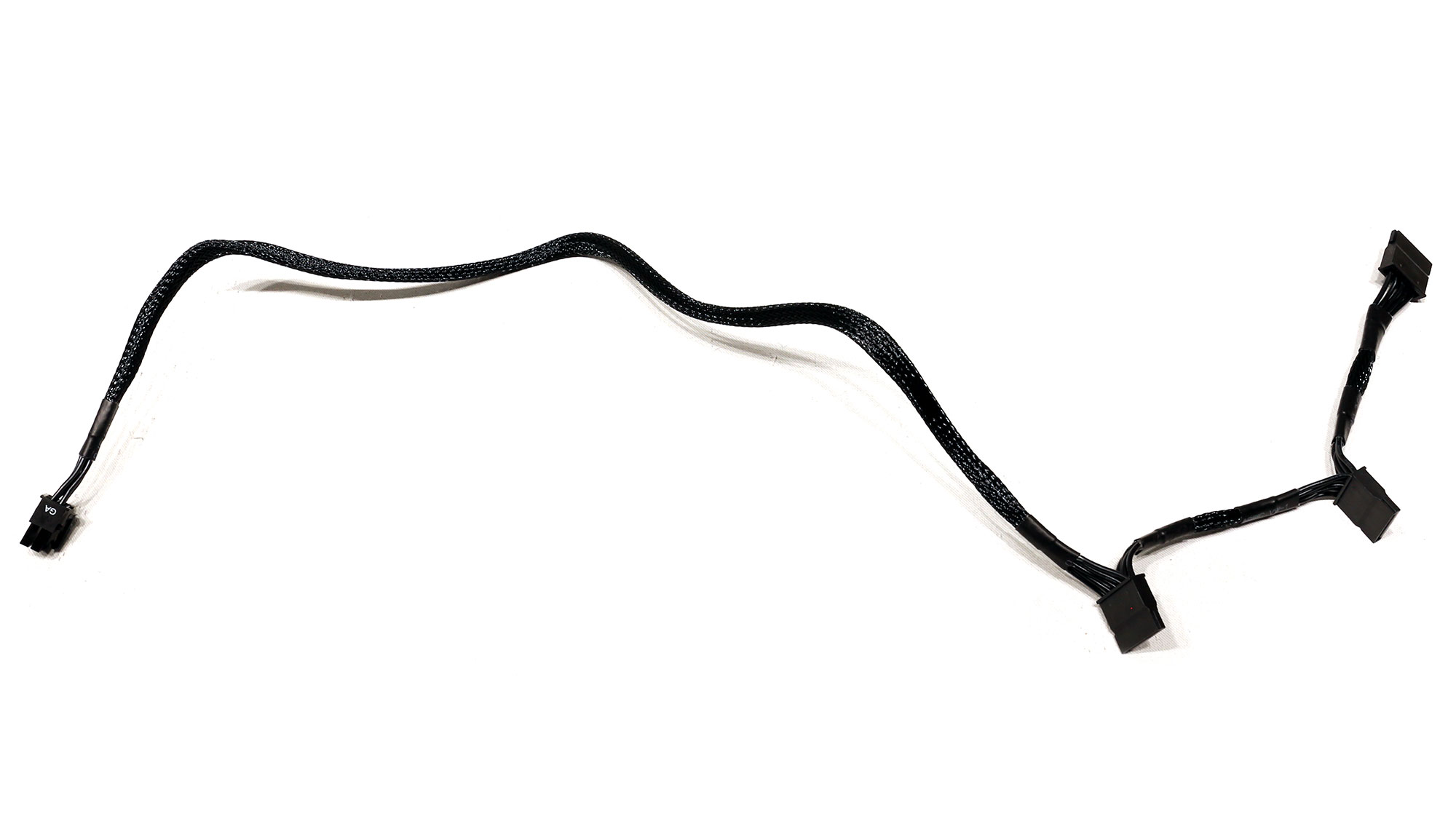

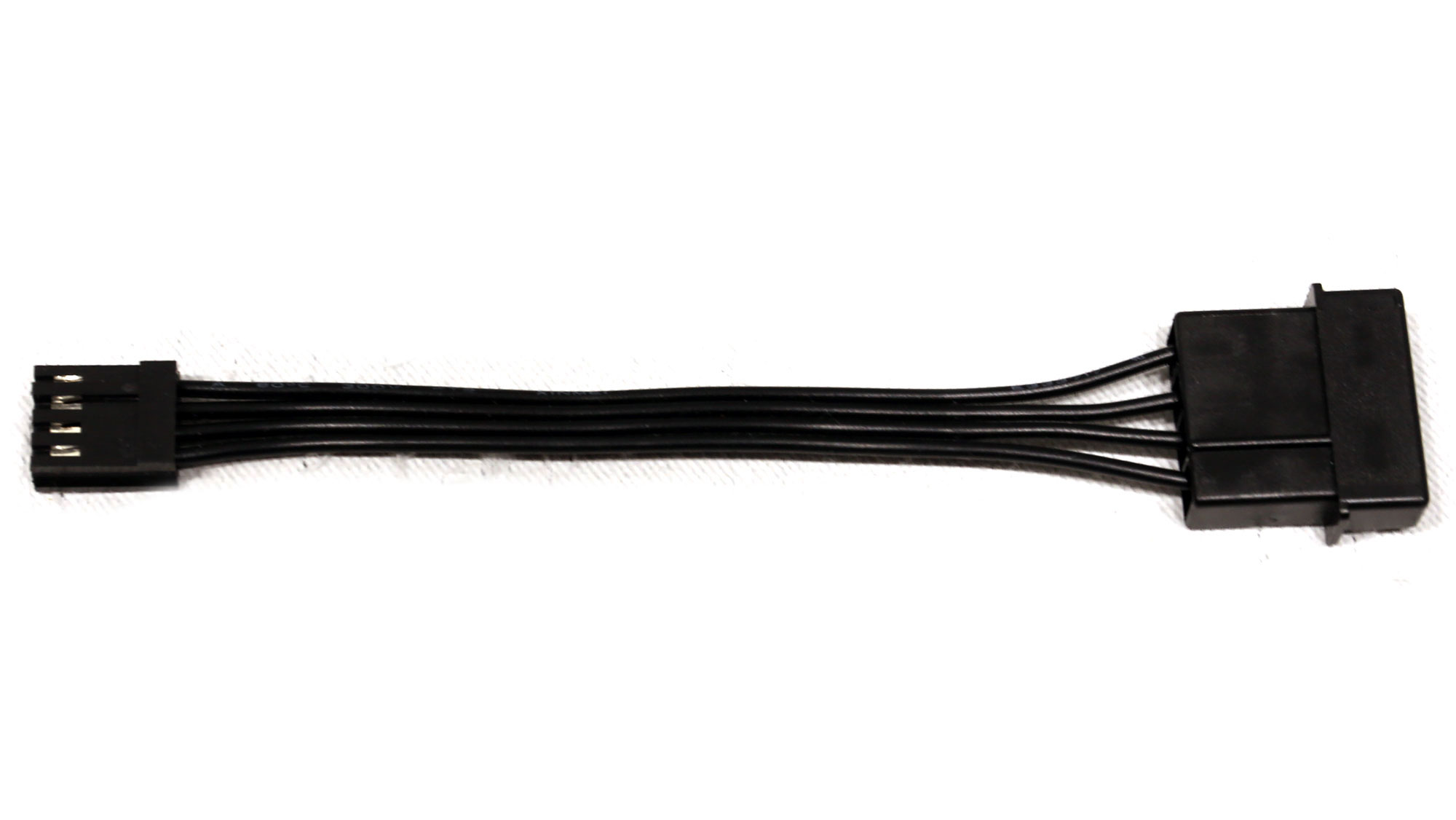
Component Analysis
We strongly encourage you to have a look at our PSUs 101 article, which provides valuable information about PSUs and their operation, allowing you to better understand the components we're about to discuss.
| General Data | - |
| Manufacturer (OEM) | Andyson |
| PCB Type | Single Sided |
| Primary Side | - |
| Transient Filter | 4x Y caps, 2x X caps, 2x CM chokes, 1x MOV |
| Inrush Protection | NTC Thermistor SCK205R0 (5 Ohm) & Relay |
| Bridge Rectifier(s) | 2x |
| APFC MOSFETs | 2x Infineon IPP60R099P7 (600V, 20A @ 100°C, Rds(on): 0.099Ohm) |
| APFC Boost Diode | 1x CREE C3D08060A (600V, 8A @ 150°C) |
| Bulk Cap(s) | 1x Nichicon (400V, 560uF, 2,000h @ 105°C, GG) |
| Main Switchers | 4x MagnaChip MDF18N50 (500V, 11A @ 100°C, Rds(on): 0.27Ohm) |
| APFC Controller | Champion CM6500UNX |
| Resonant Controller | Champion CM6901T6X |
| Topology |
Primary side: APFC, Full-Bridge & LLC converter Secondary side: Synchronous Rectification & DC-DC converters |
| Secondary Side | - |
| +12V MOSFETs | 4x Infineon IRFB7440PbF (40V, 122A @ 100°C, Rds(on): 2.5mOhm) |
| 5V & 3.3V | DC-DC Converters: 6x Nexperia PSMN4R0-30YLD (30V, 67A @ 100°C, Rds(on): 4mOhm) PWM Controller(s): ANPEC APW7159C |
| Filtering Capacitors |
Electrolytic: 2x Nichicon (2-5,000h @ 105°C, HD), 4x Rubycon (4-10,000h @ 105°C, YXJ), 4x Rubycon (6-10,000h @ 105°C, ZLH), 1x Nichicon (4-10,000h @ 105°C, HE), 1x Nichicon (5-6,000h @ 105°C, HV) |
| Supervisor IC | IN1S429I-DCG |
| Fan Model | Globe Fan RL4Z B1352512EH (135mm, 12V, 0.5A, Double Ball Bearing Fan) |
| 5VSB Circuit | - |
| Rectifier | 1x 100R25C SBR & 1x IPS ITU02N70A FET |
| Standby PWM Controller | ATK AT6002H |
| -12V Circuit | - |
| Rectifier | 1x STMicroelectronis L7912CV (-12V, 3mA) |
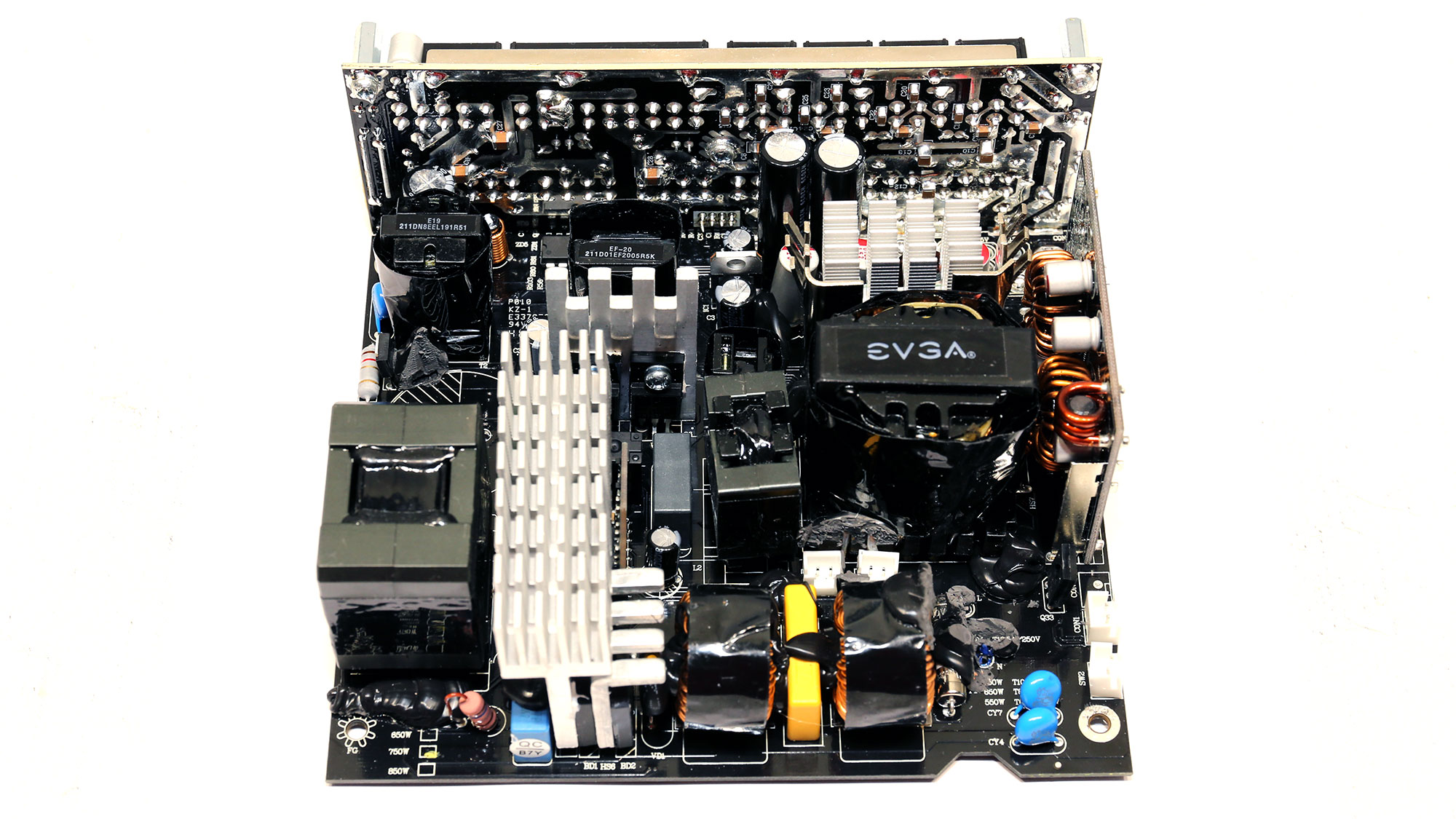
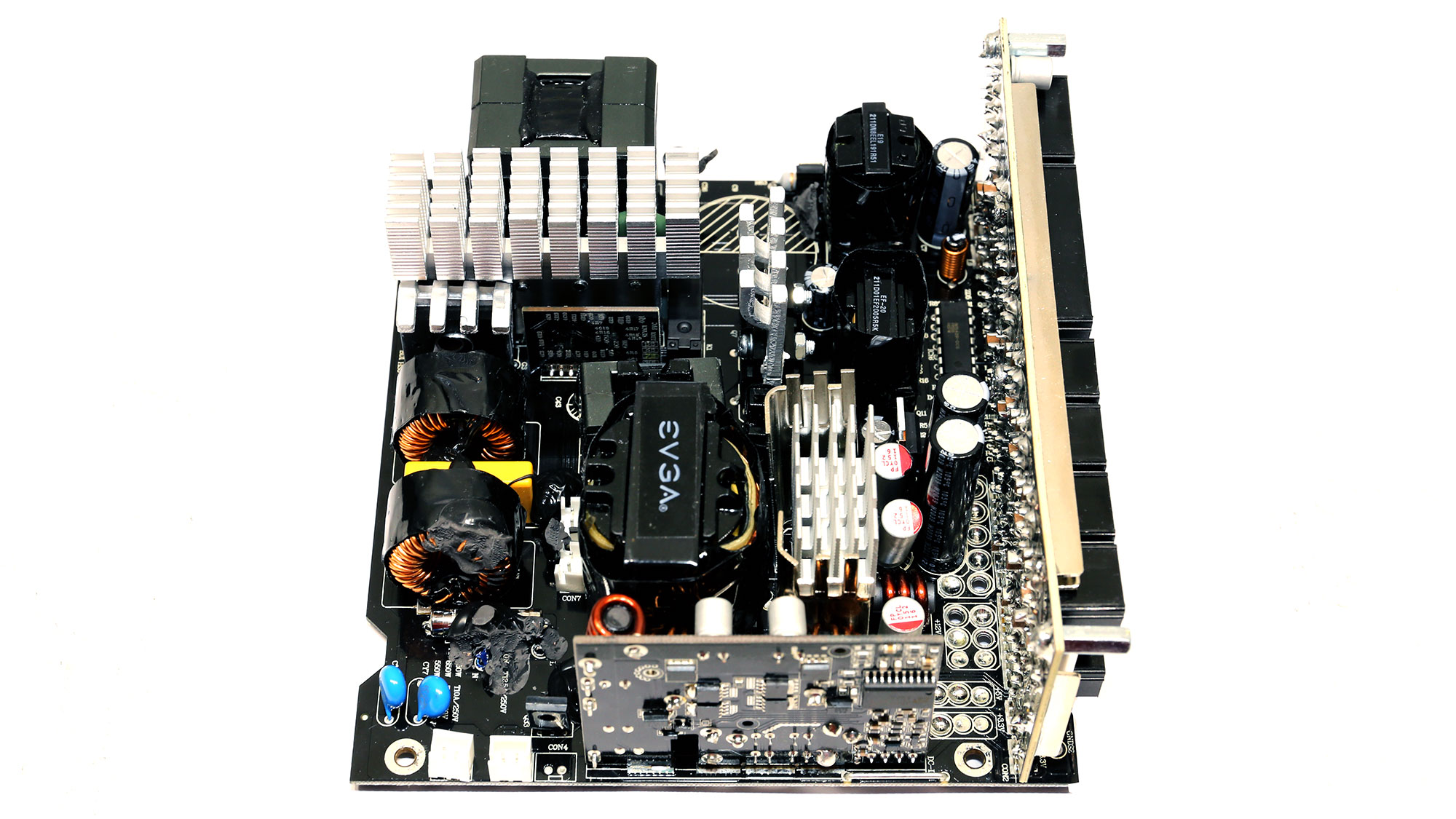
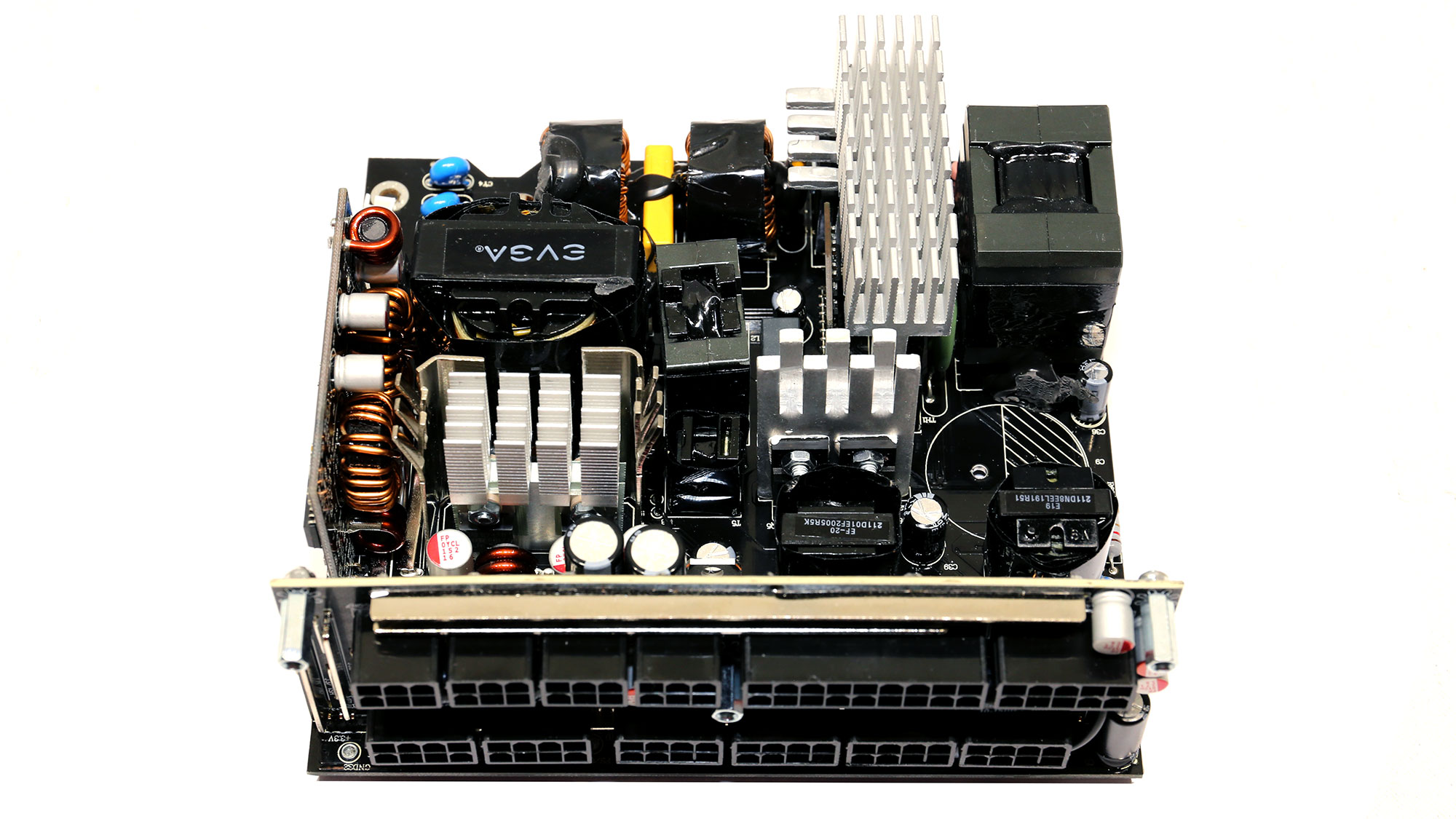
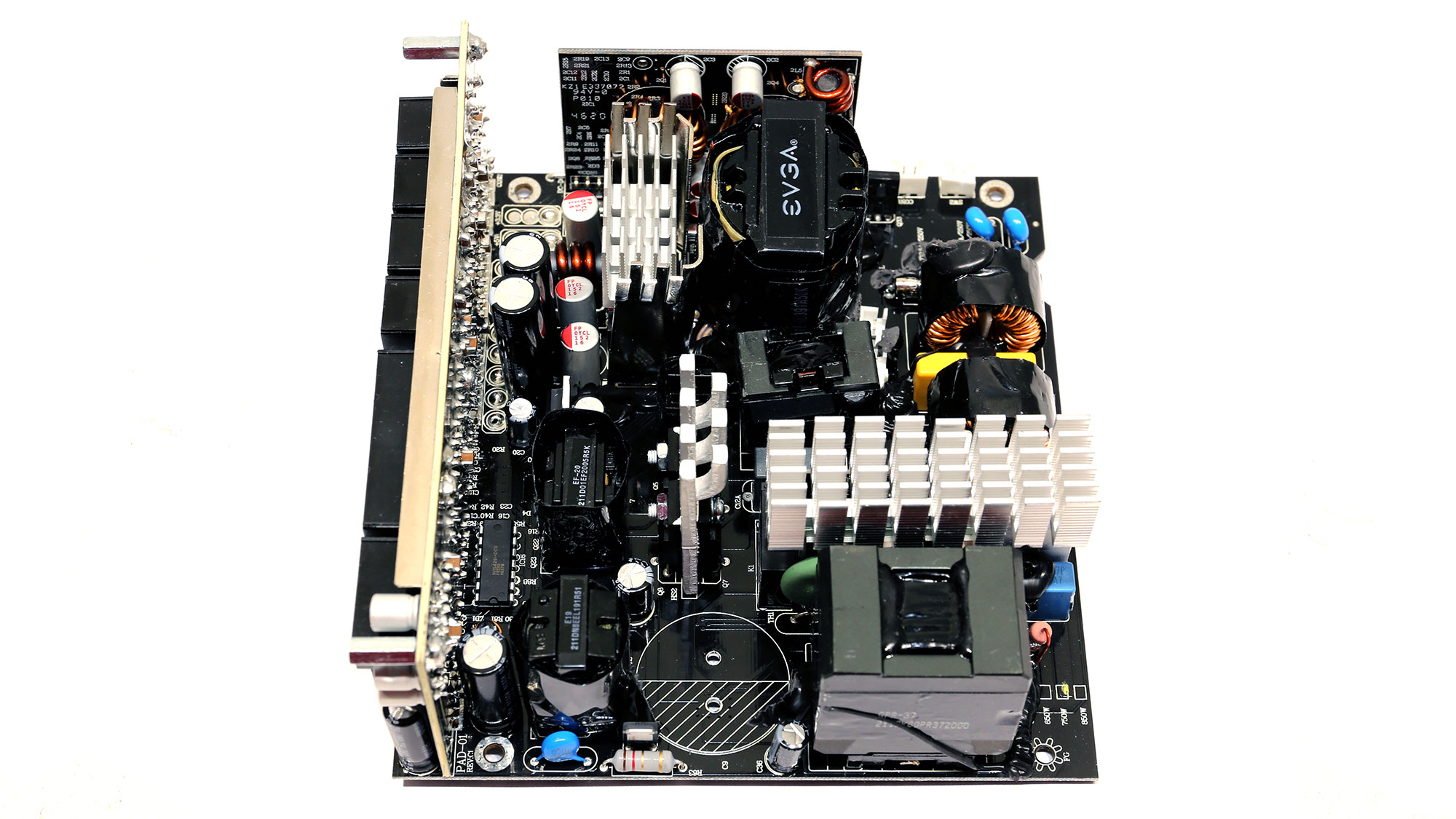
The platform is by Andyson. The PCB is small and overpopulated. The heat sinks are large enough and the build quality is high. Finding good Japanese caps in an 80-dollar PSU and a double ball-bearing fan is a pleasant surprise.
Get Tom's Hardware's best news and in-depth reviews, straight to your inbox.
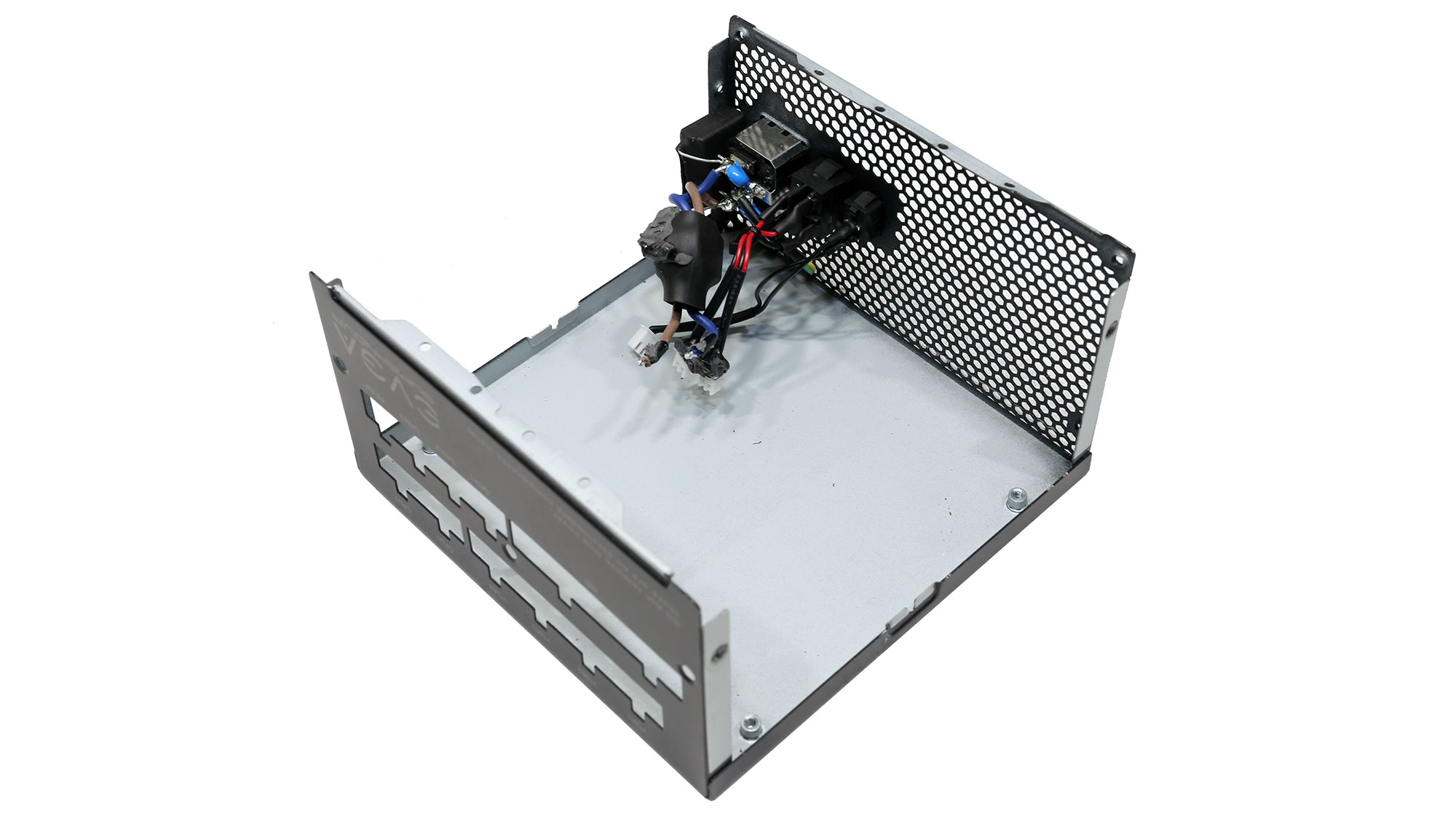
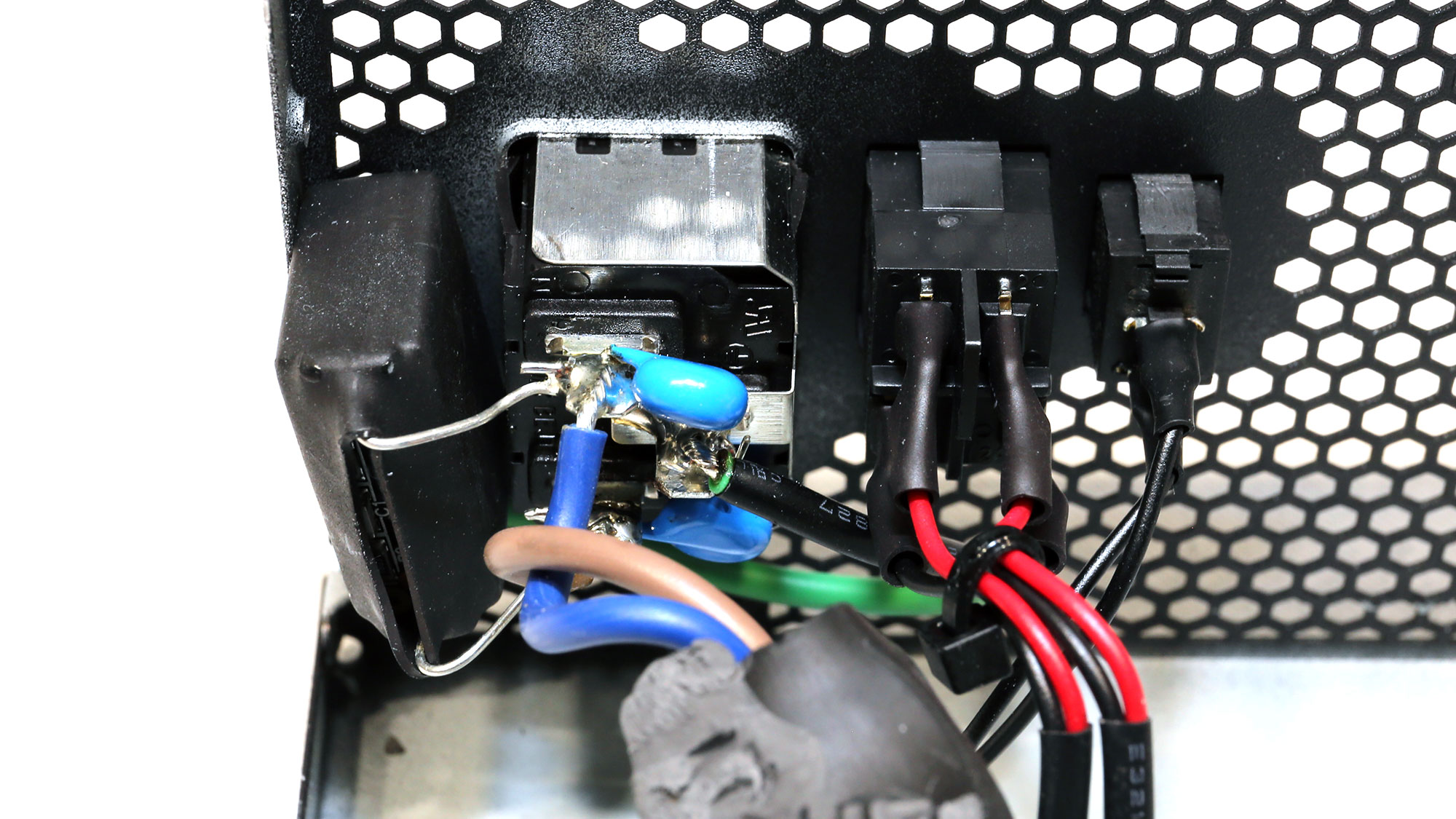
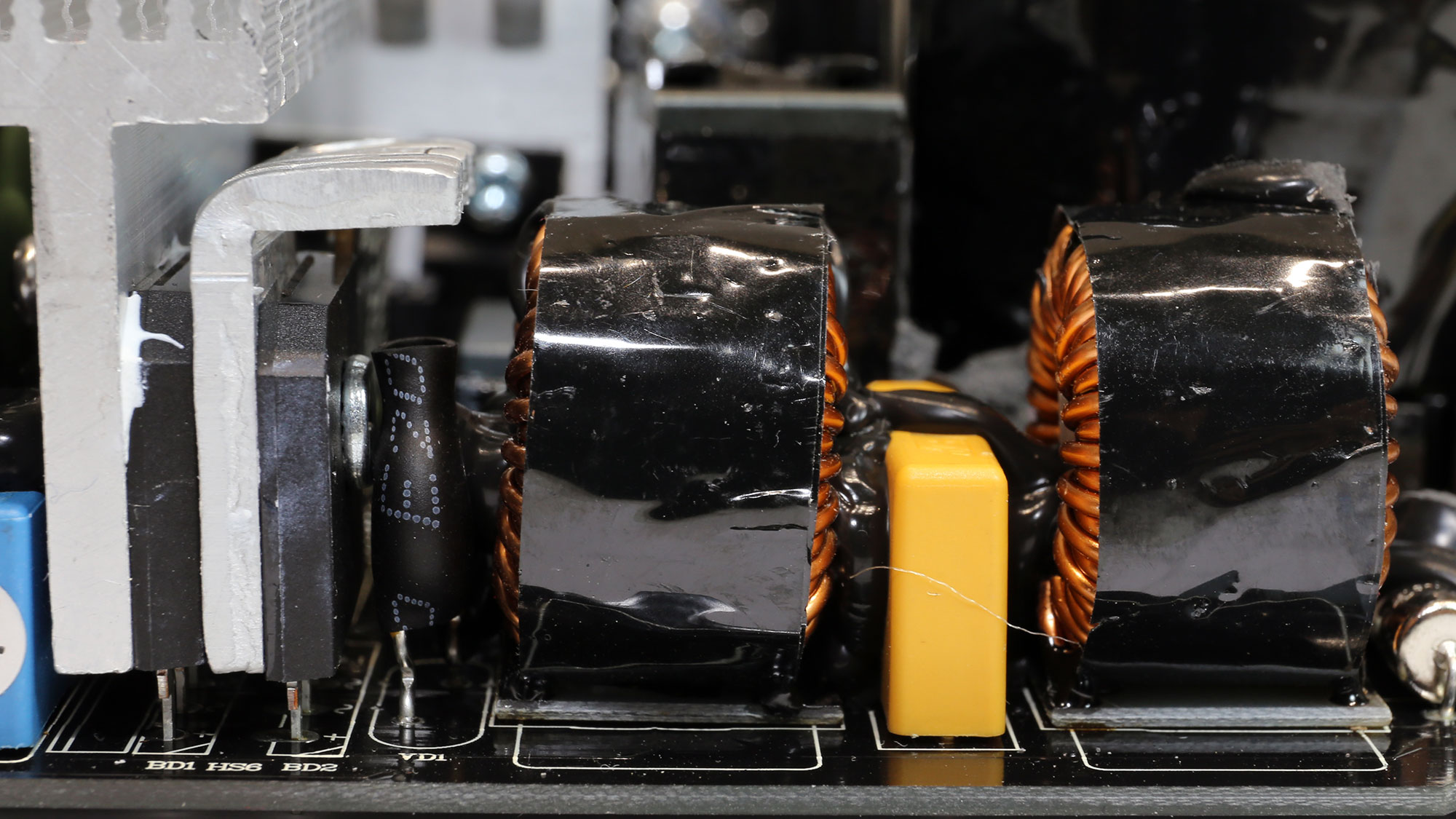
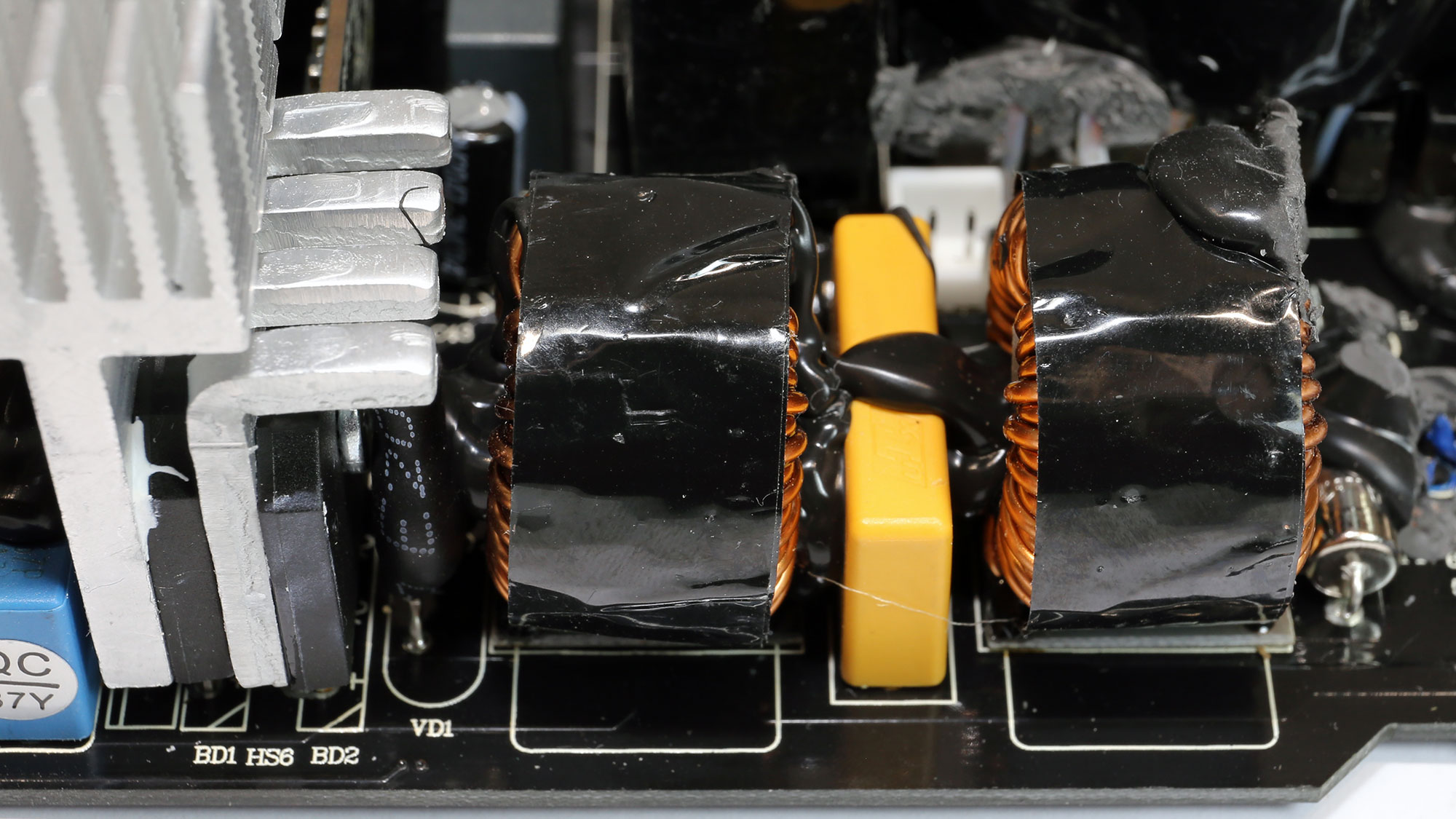
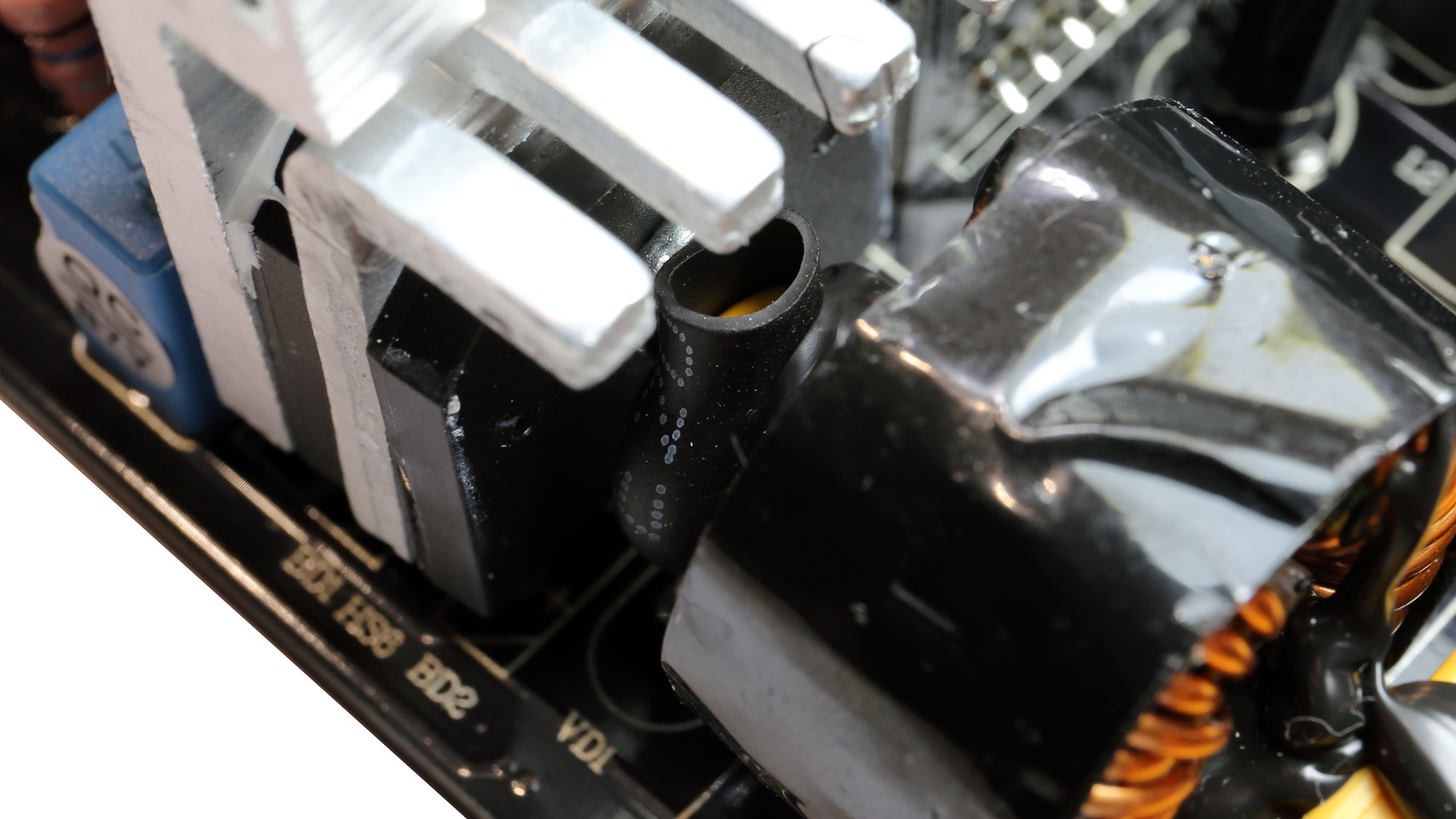

The transient filter has all necessary parts, including an MOV and an NTC thermistor. The latter is supported by a relay, which bypasses it once the PSU starts, to allow for higher efficiency and increased protection from inrush currents since the NTC cools down, increasing its resistance.
The pair of bridge rectifiers are sandwiched between two heat sinks.
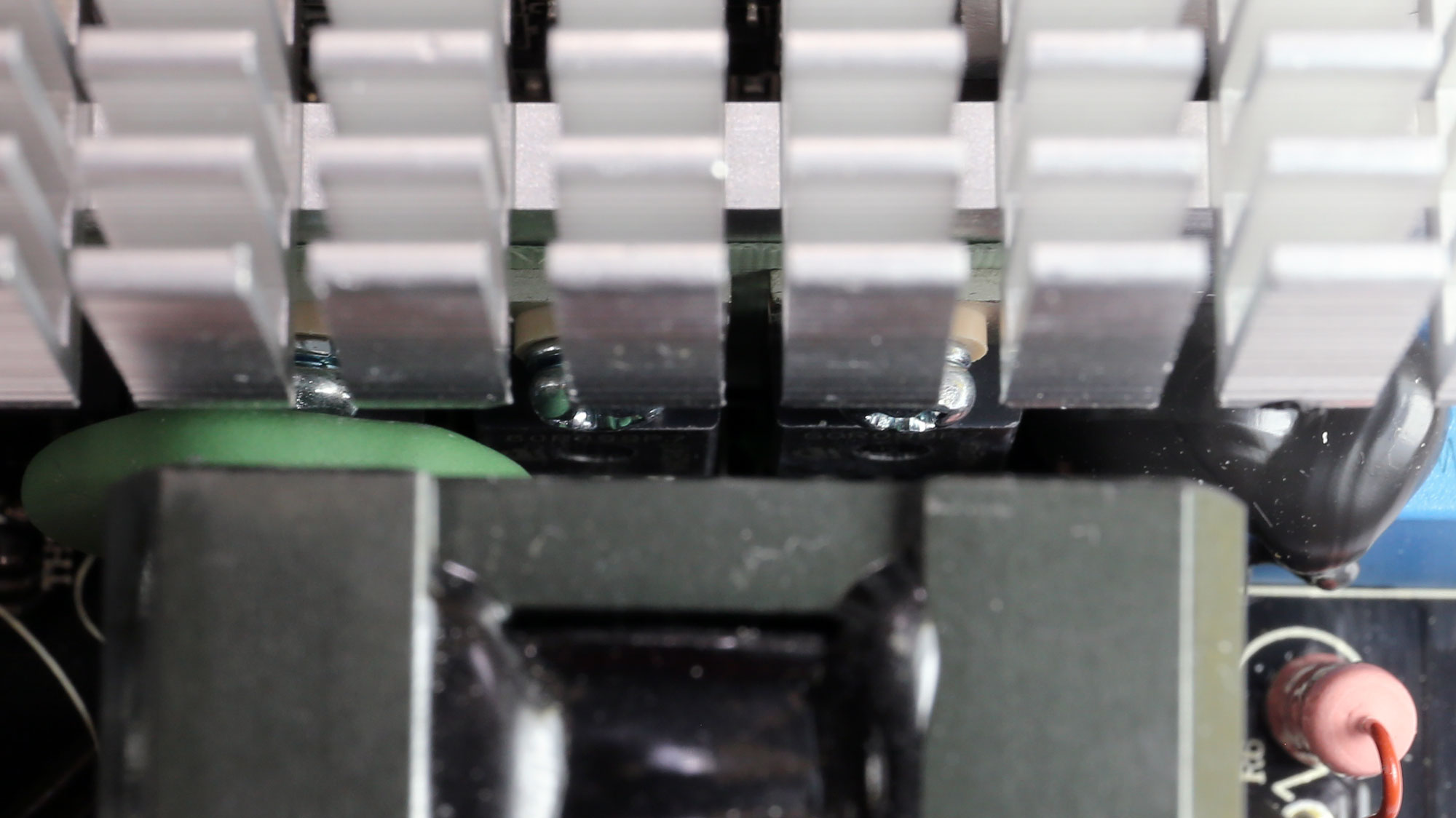

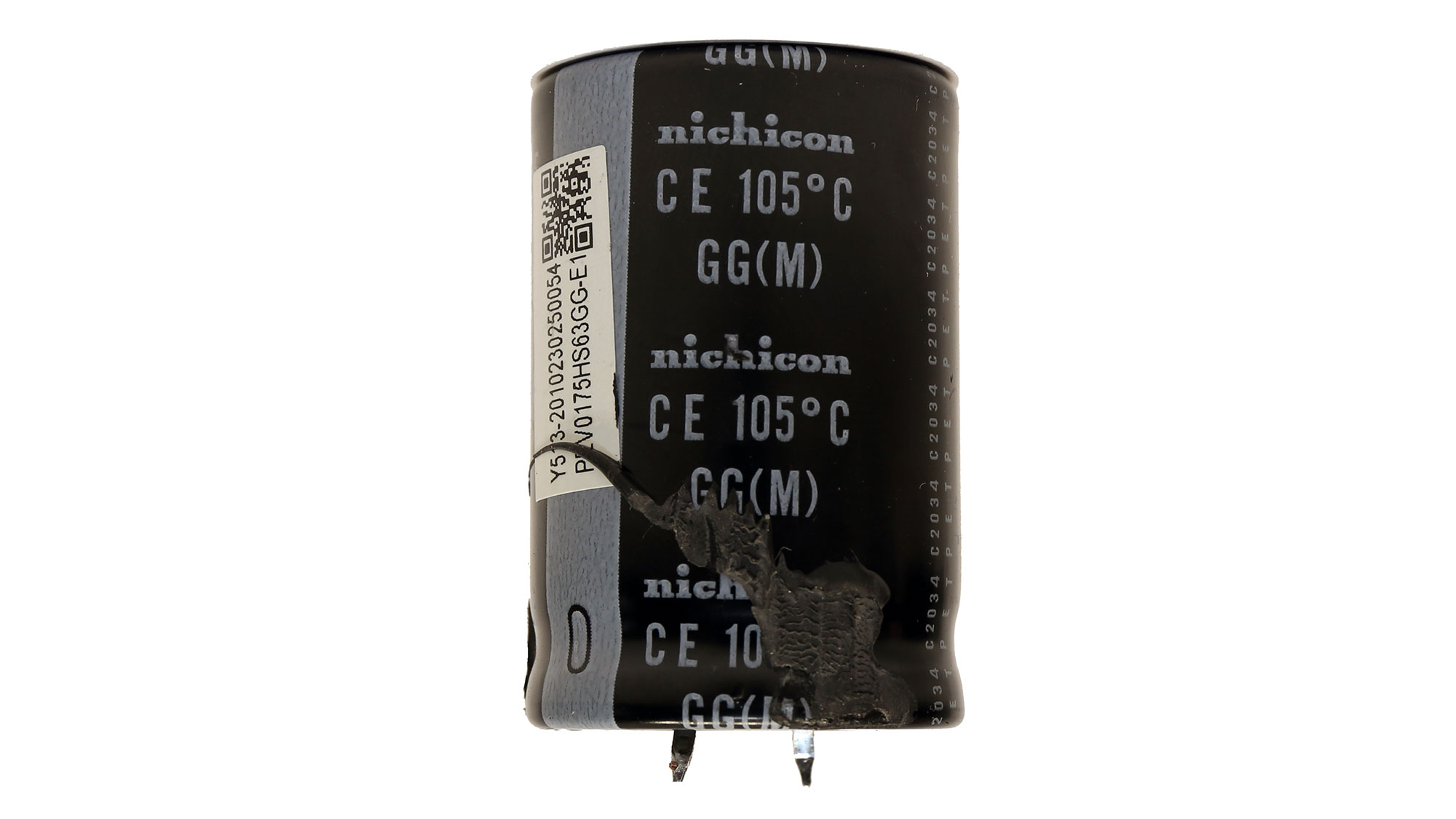
The APFC converter uses two Infineon FETs and a single CREE boost diode. The APFC controller is a Champion CM6500UNX IC. The bulk cap is by Nichicon and is of good quality, but its capacity is not high enough to allow for a longer than 17ms hold-up time.
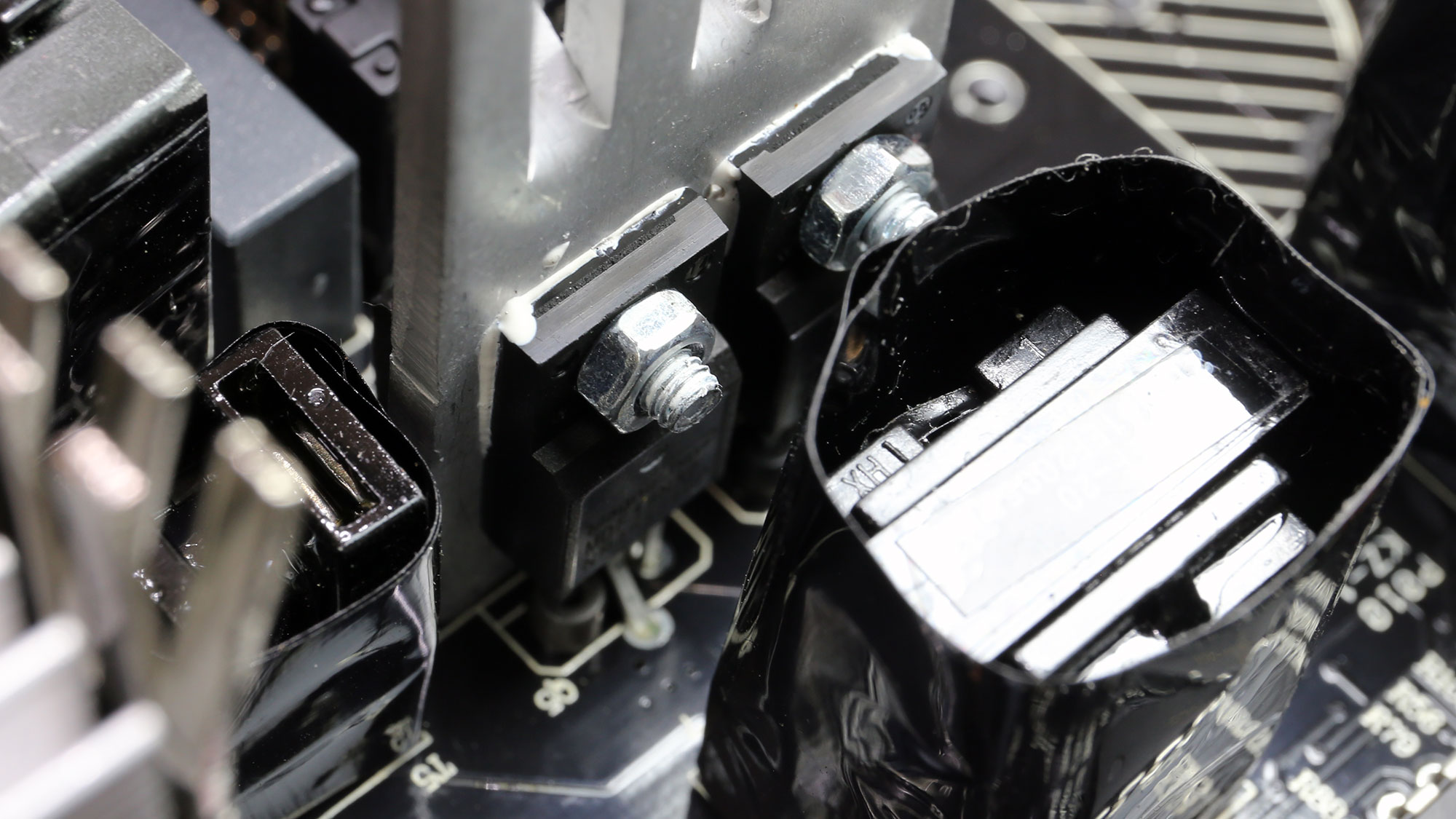

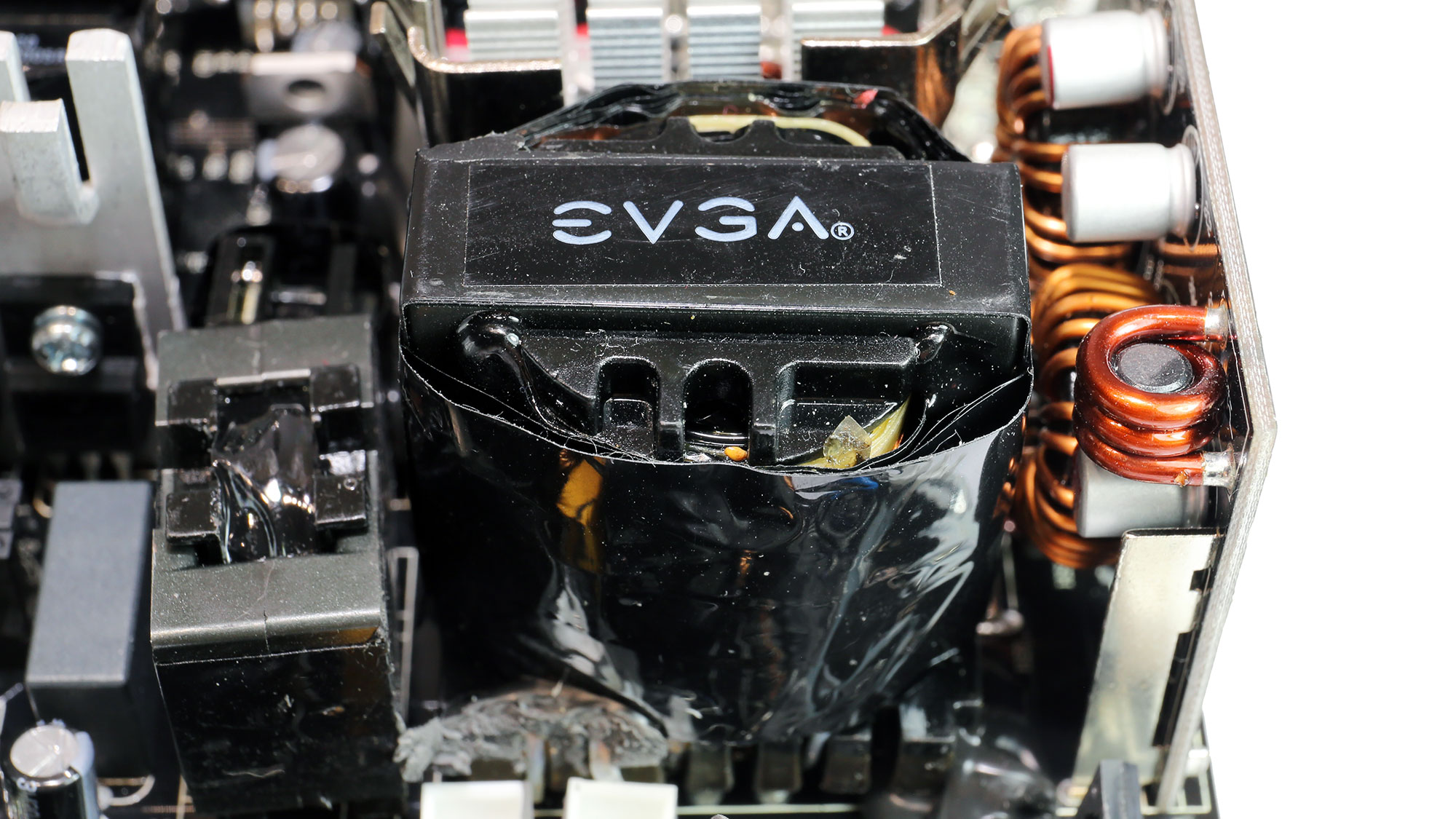
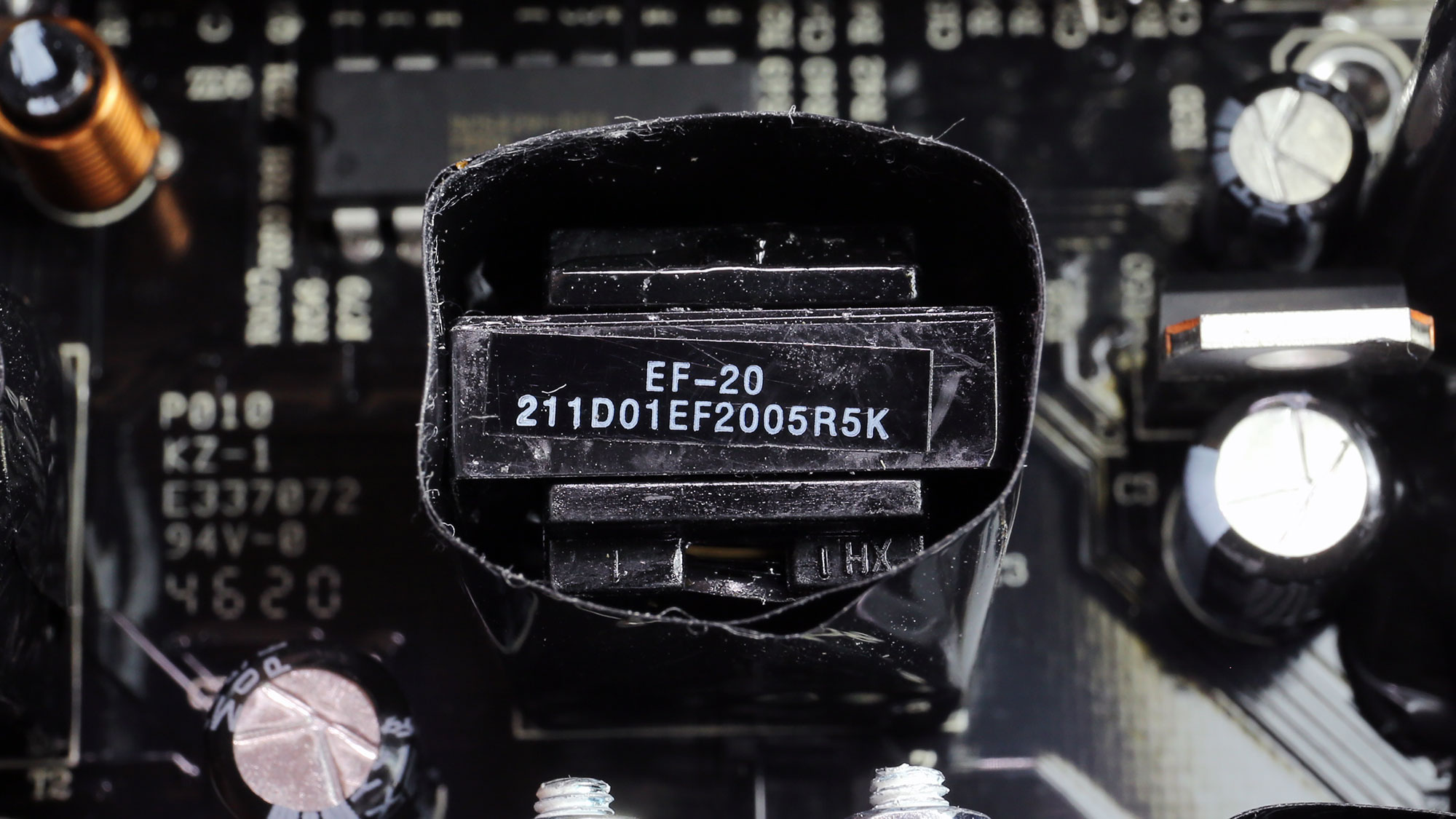

The main FETs are four MagnaChip MDF18N50, installed in a full-bridge topology. These FETs are not as good in terms of quality as the FETs used in the APFC converters, but thanks to the full-bridge topology, the stress applied to them is lower. An LLC resonant is also used to provide a notable efficiency boost. The resonant controller is a Champion CM6901T6X.
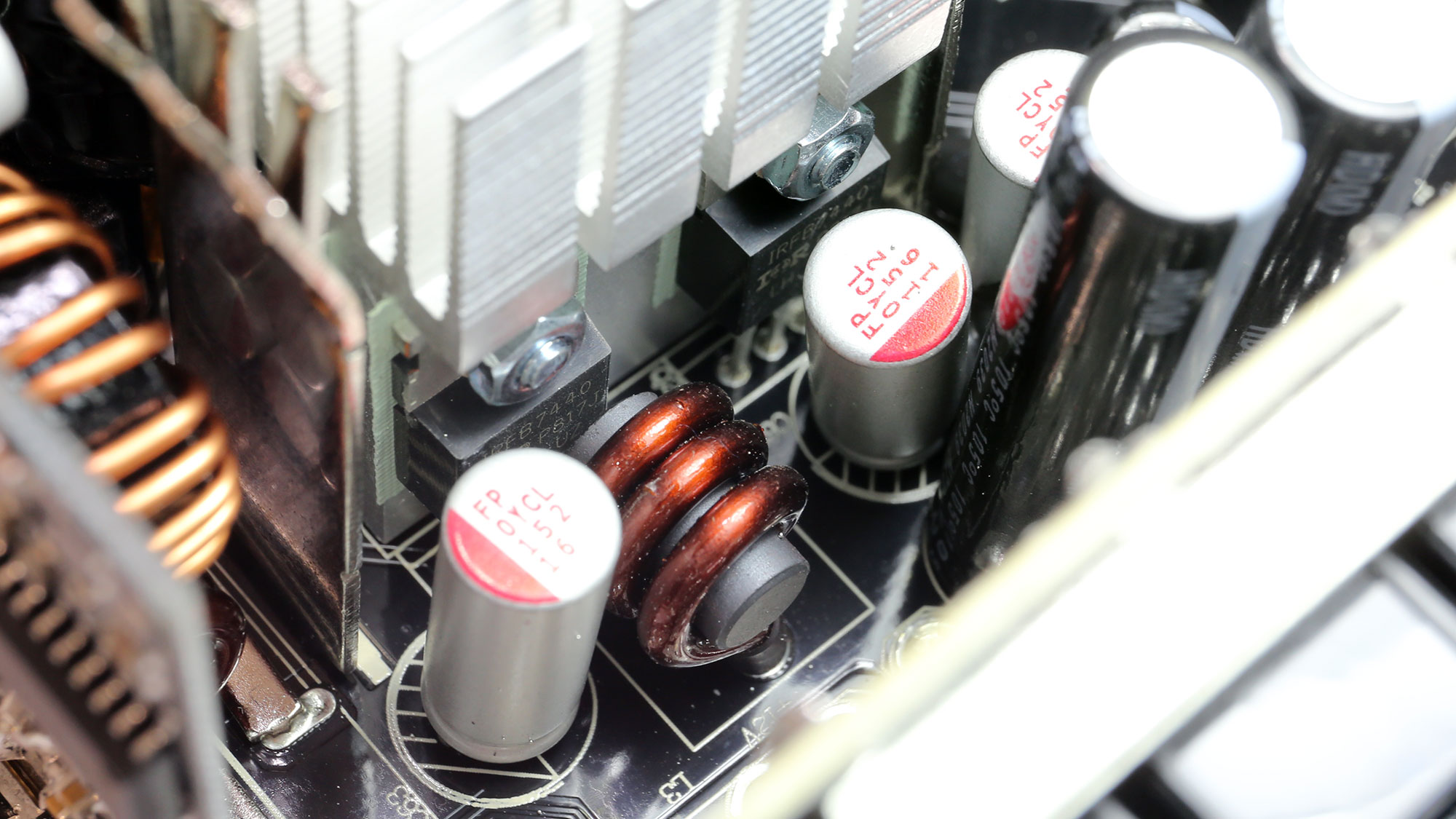
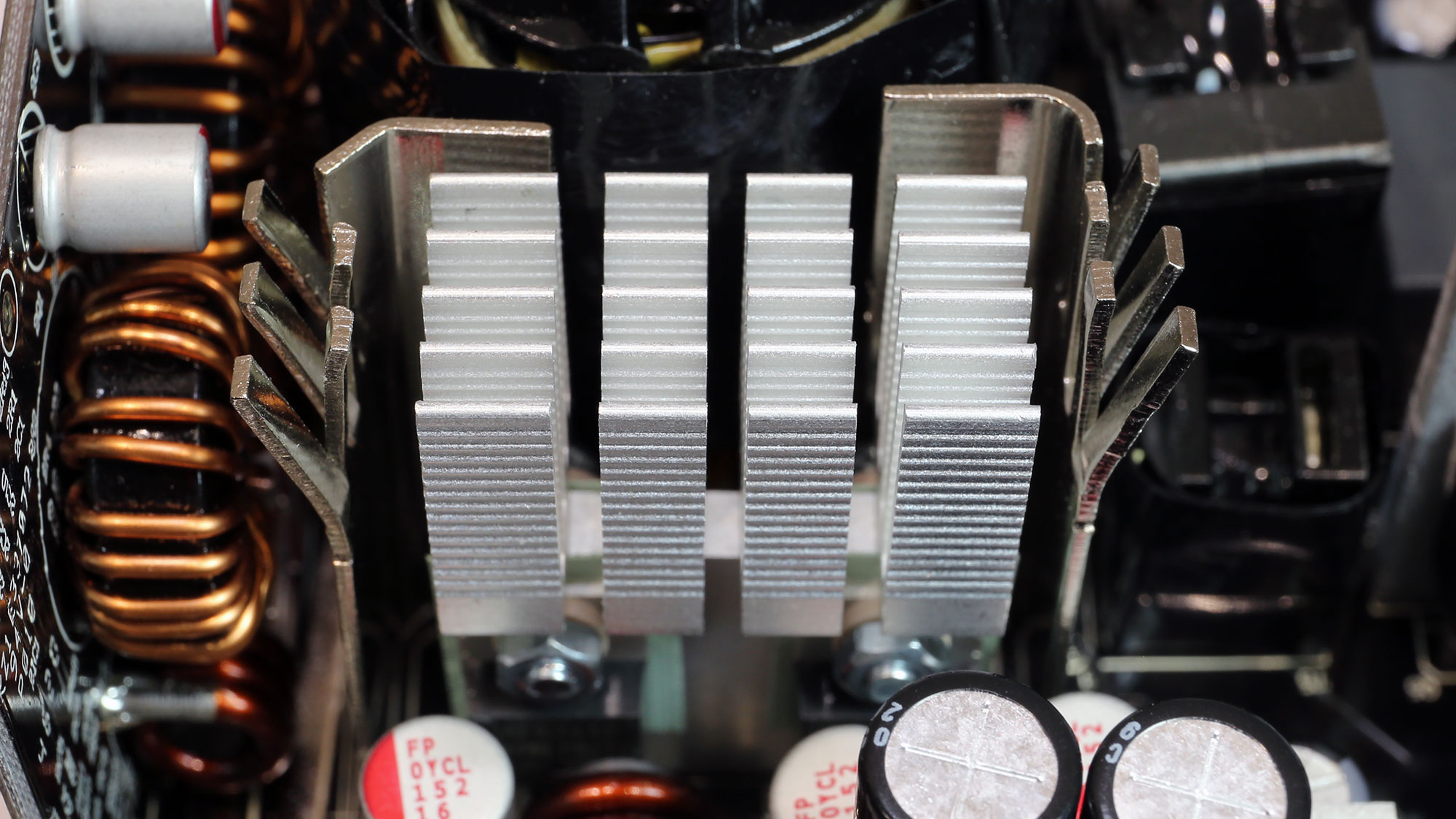
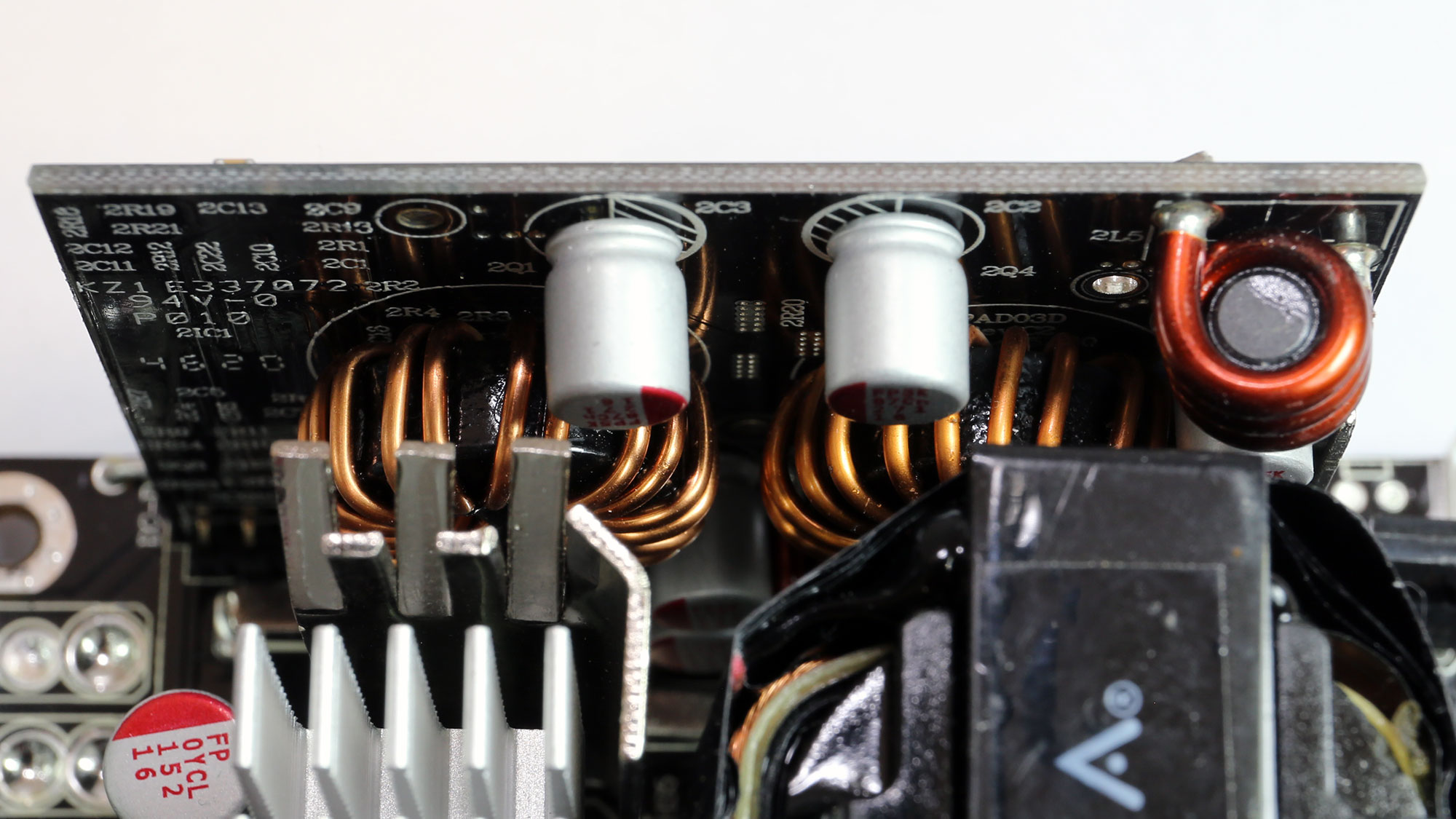

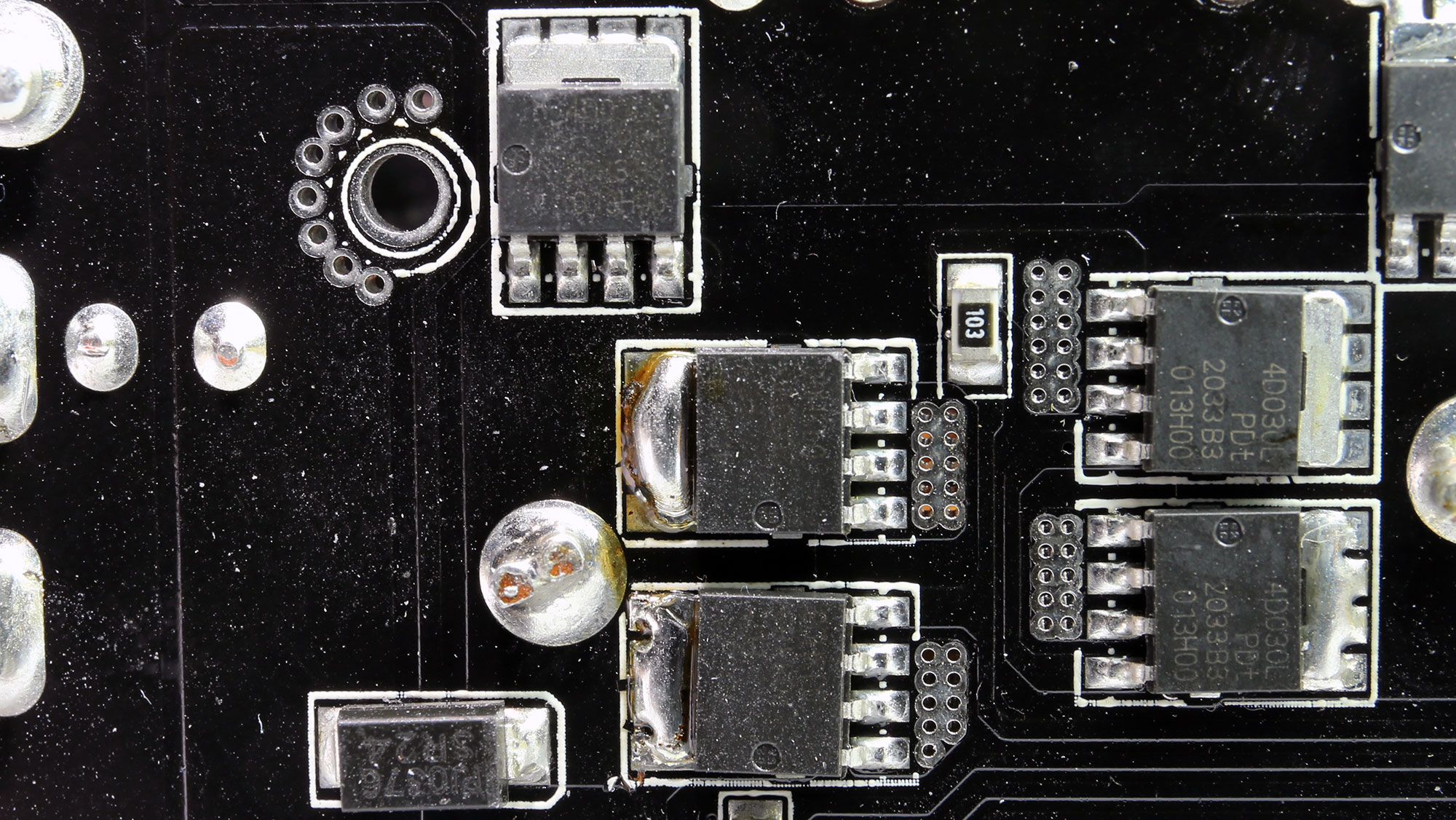
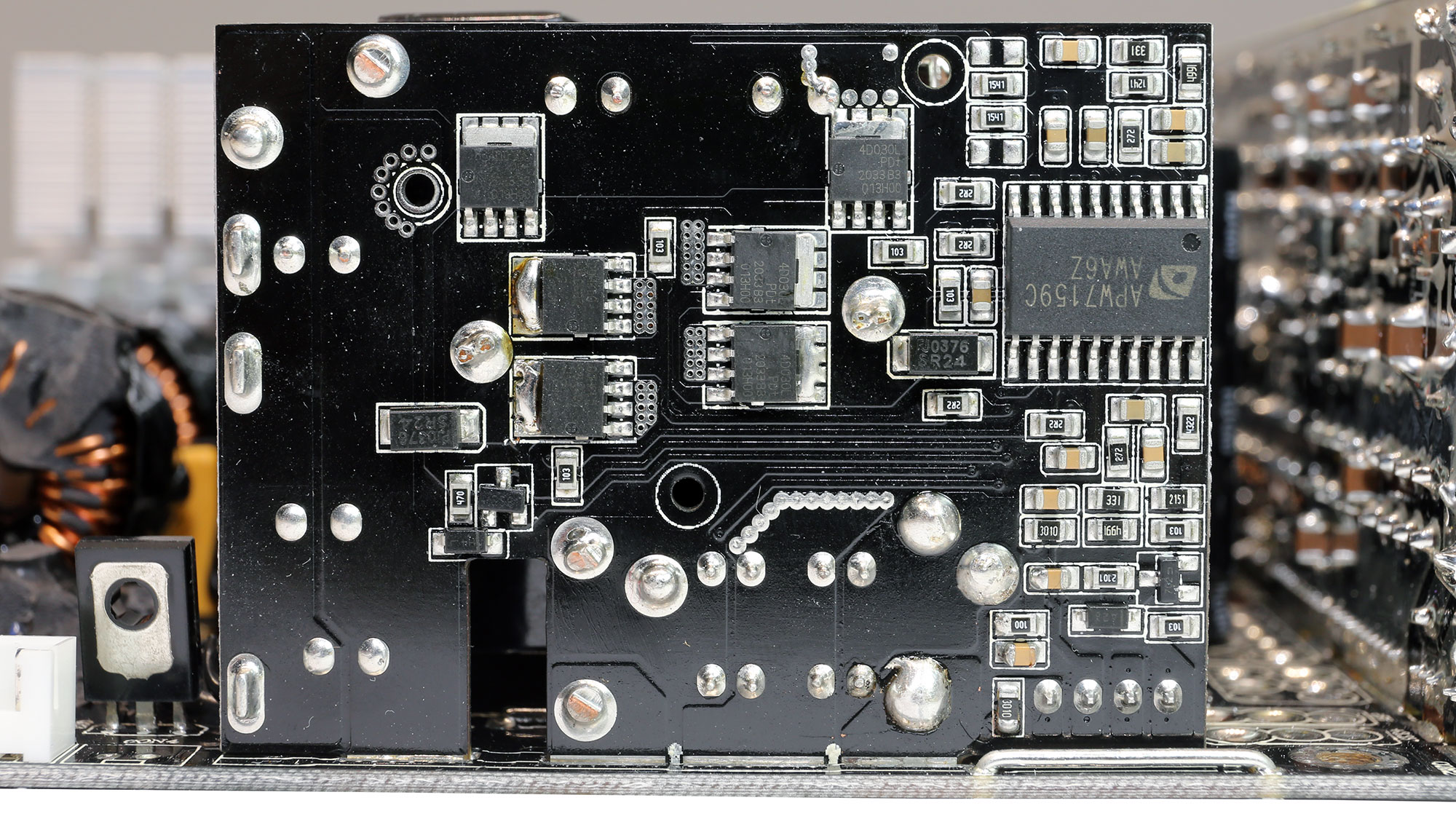
Four Infineon FETs regulate the 12V rail. Two DC-DC converters regulate the minor rails. They use in total six FETs, and the common PWM controller is by Anpec.


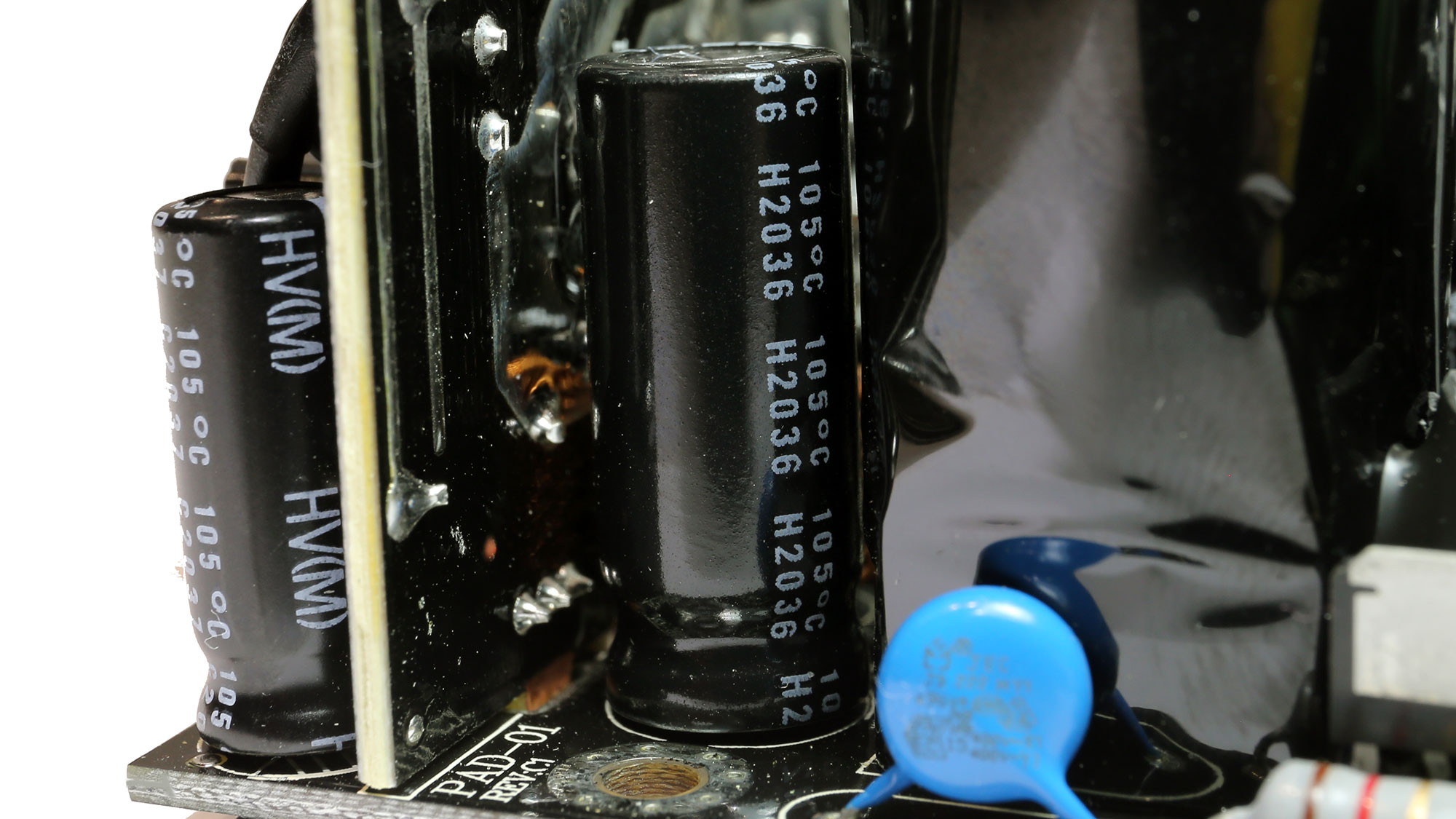
Japanese manufacturers provide the filtering caps. Besides electrolytic caps, a large number of polymer ones are also used.
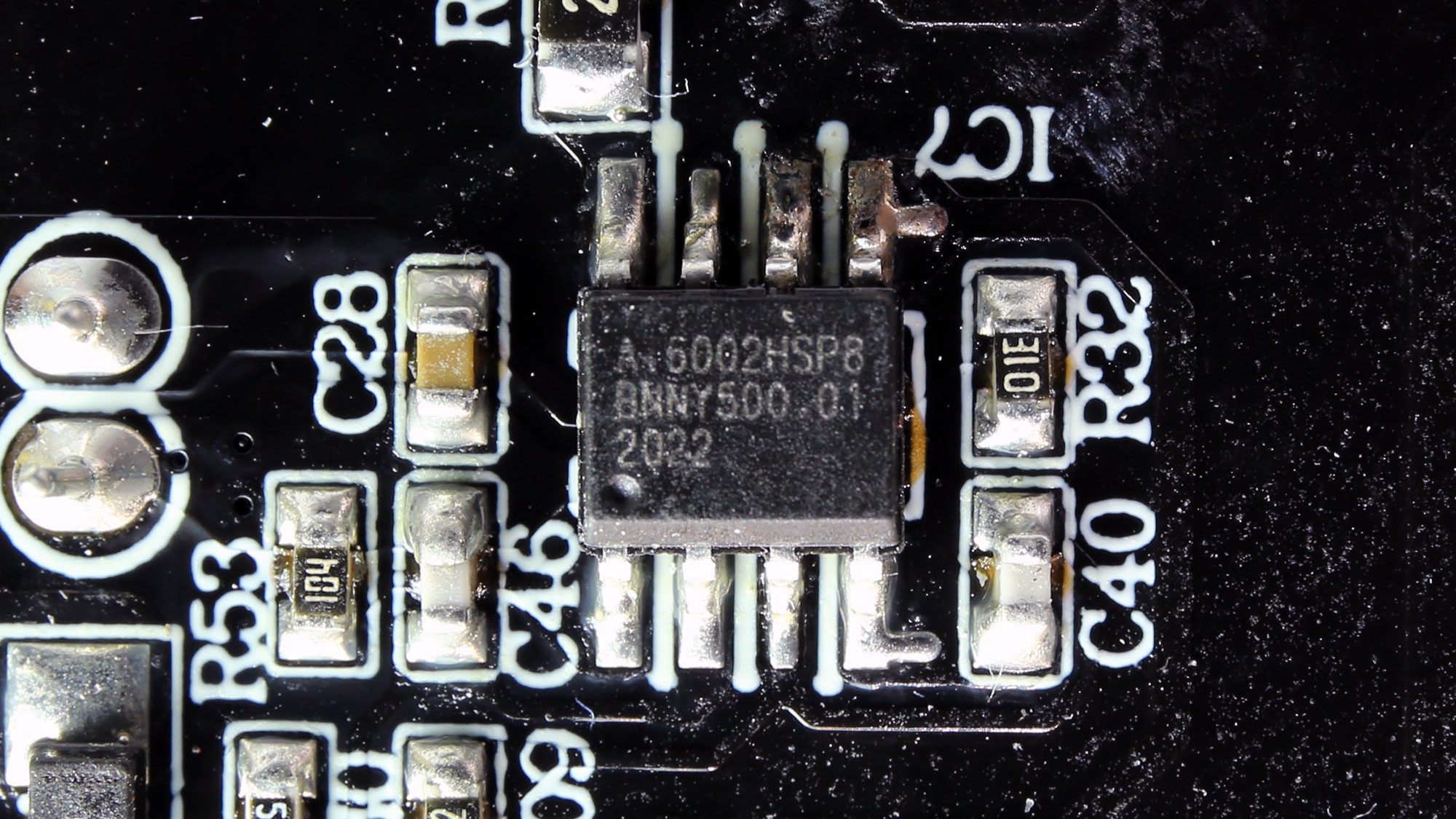
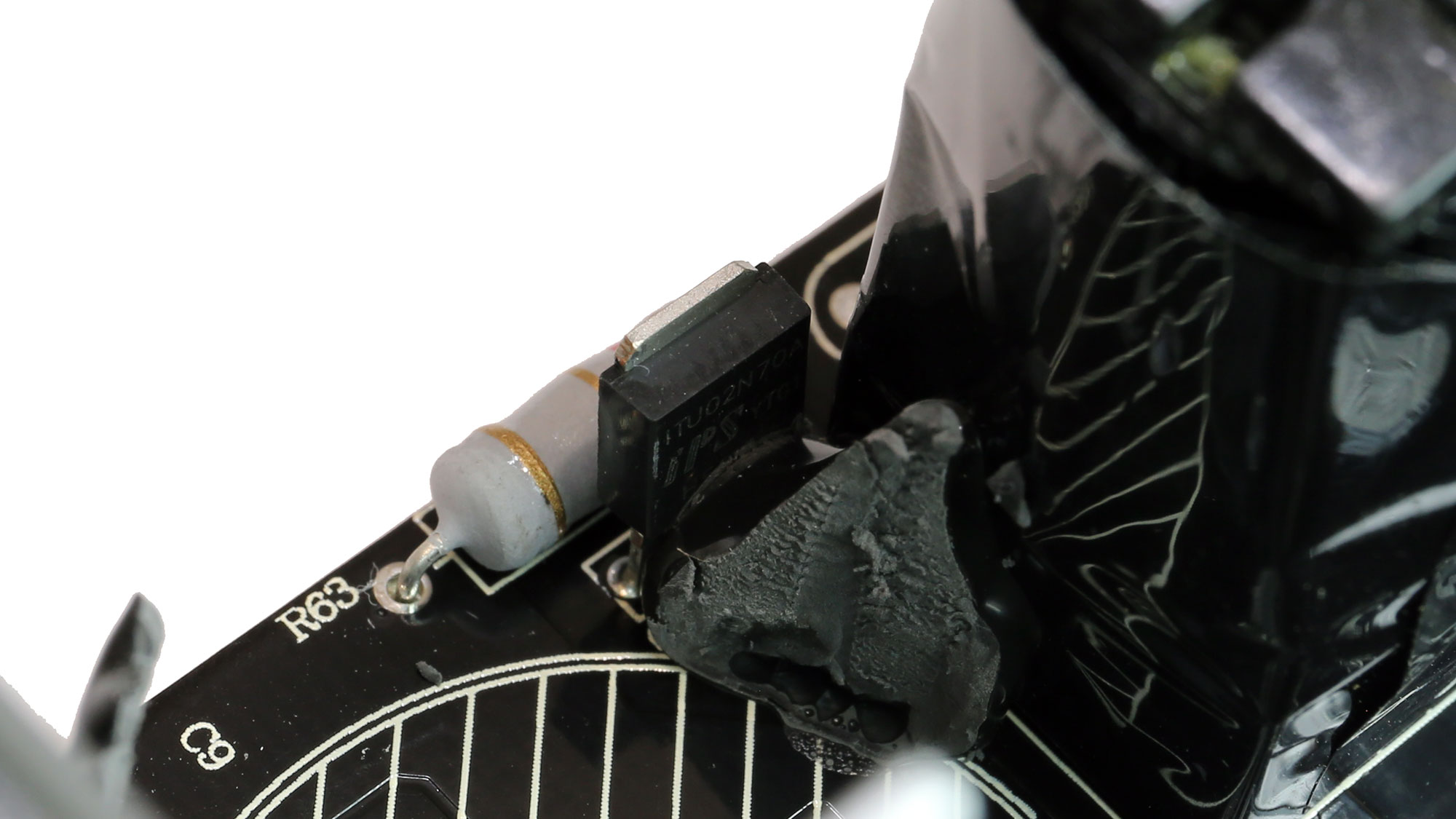
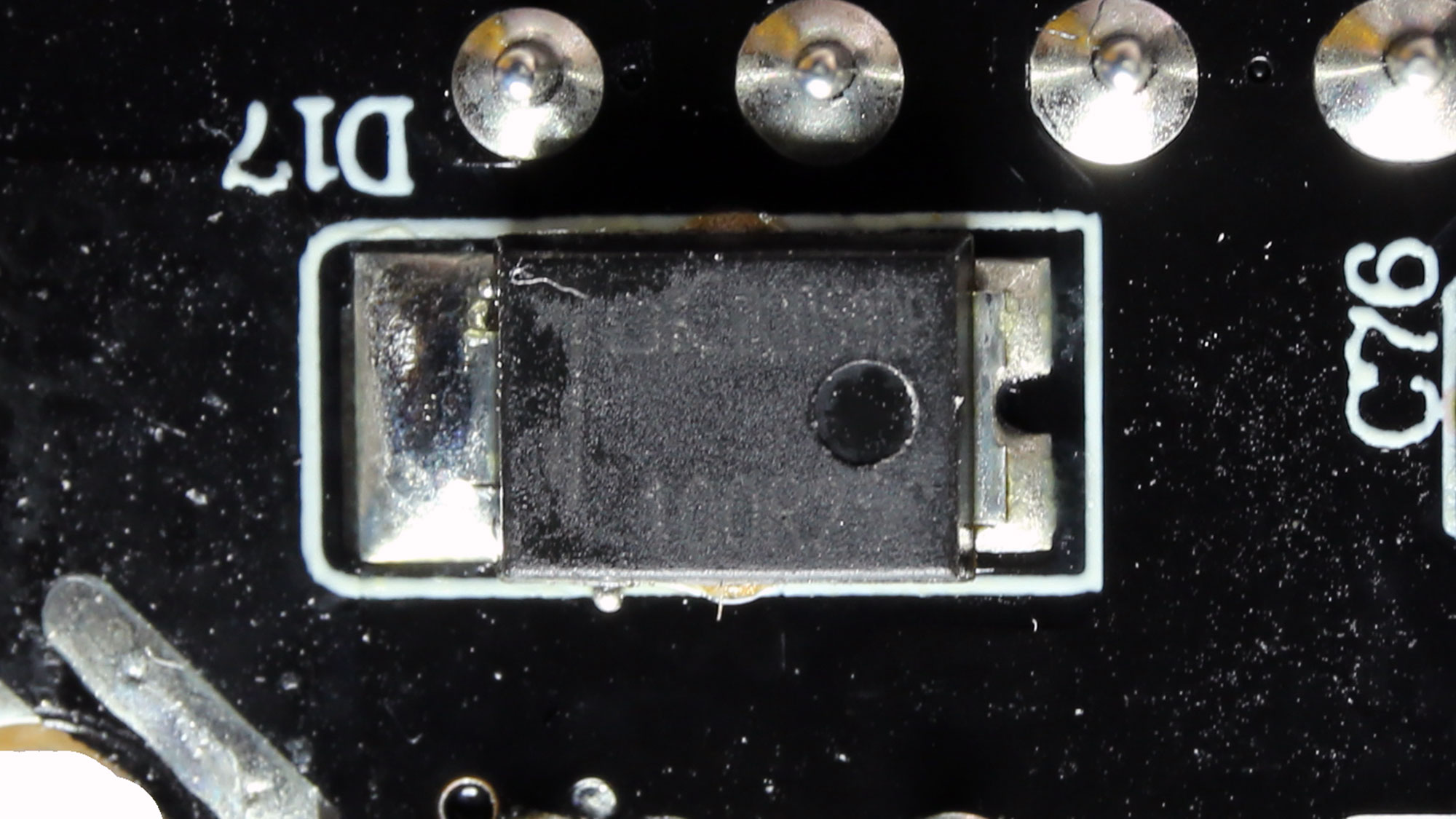
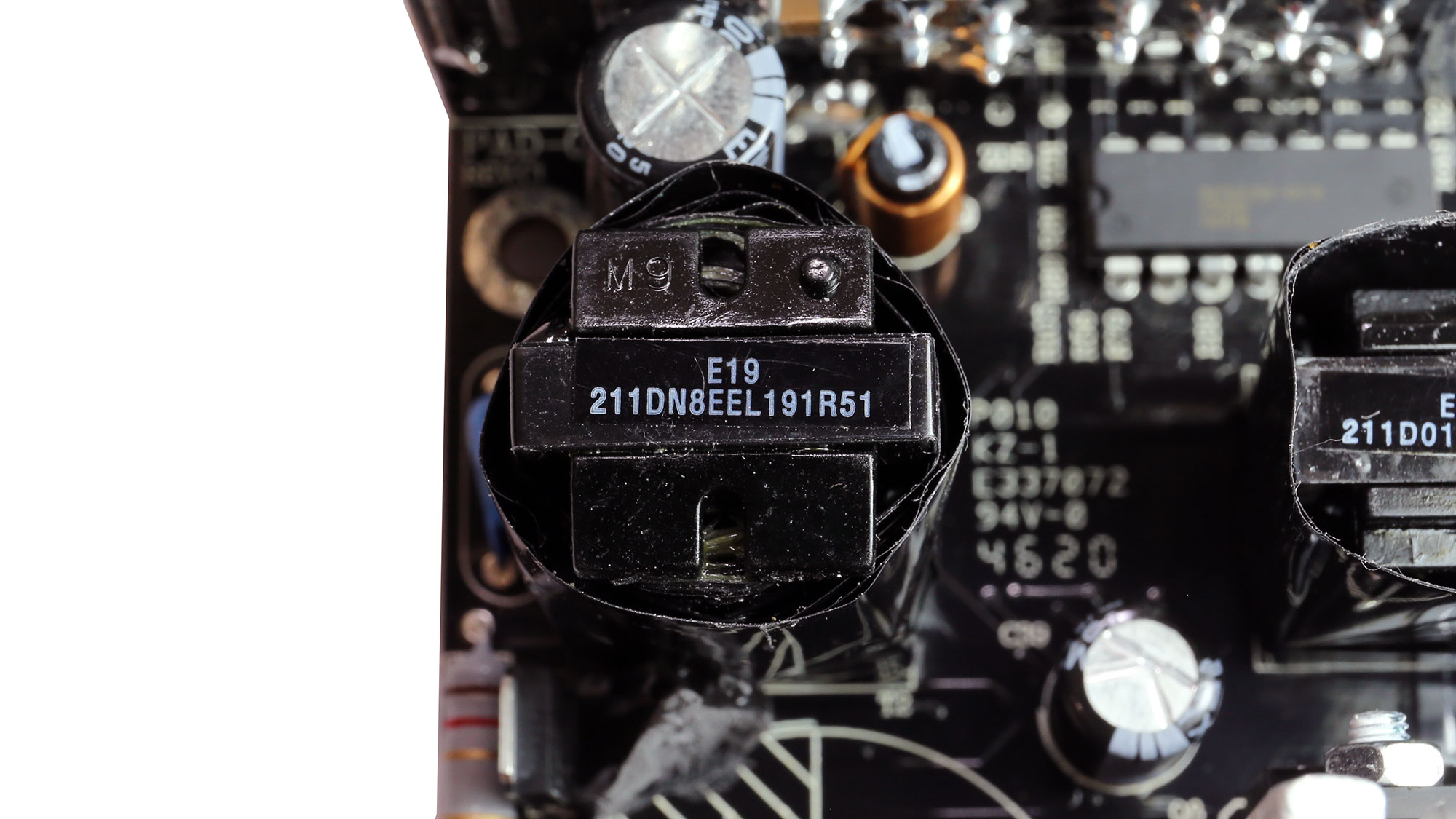
The standby PWM controller is an ATK AT6002H. On the primary side, the 5VSB rail uses a FET, and on the secondary side, we find an SBR.
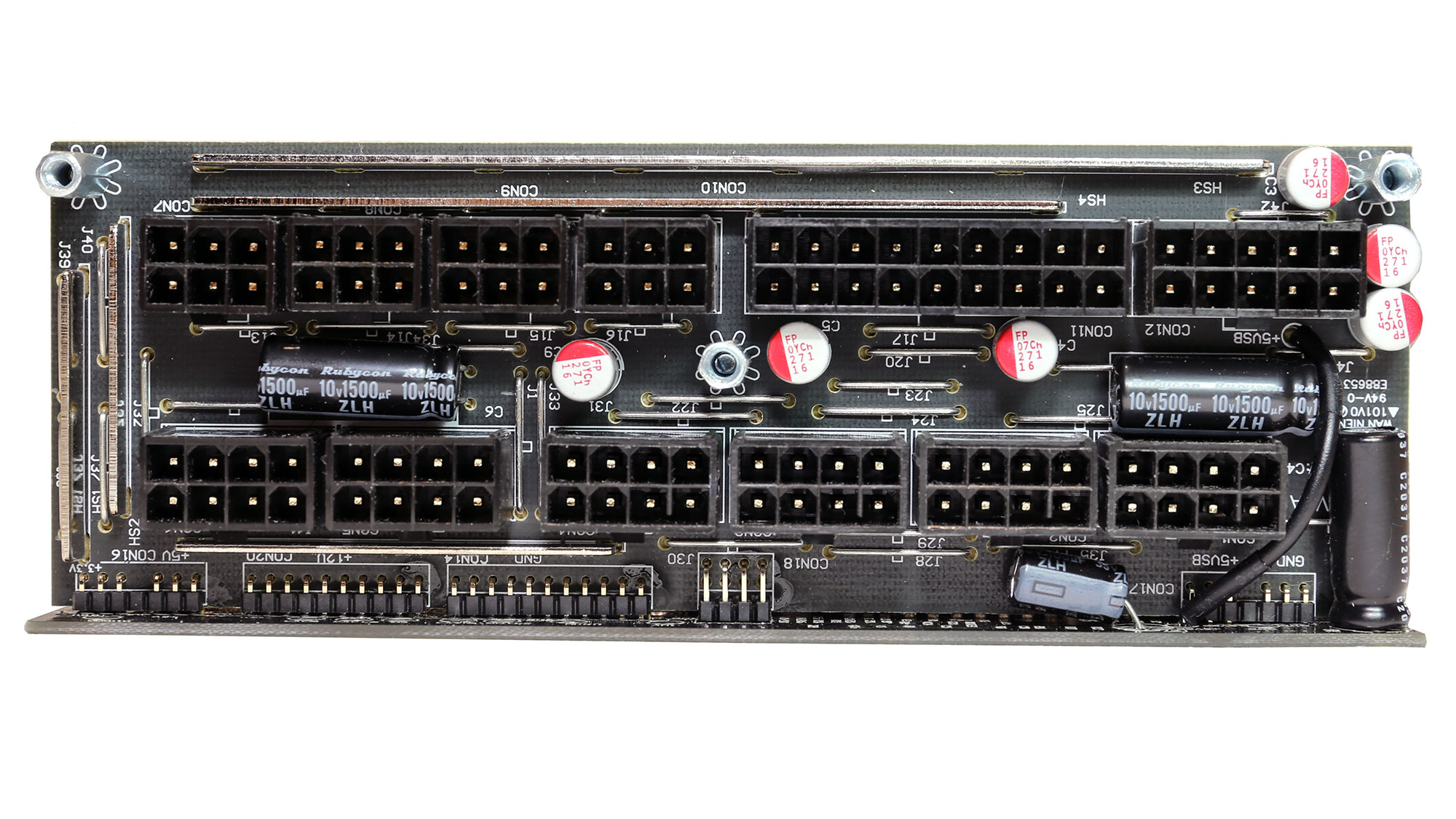
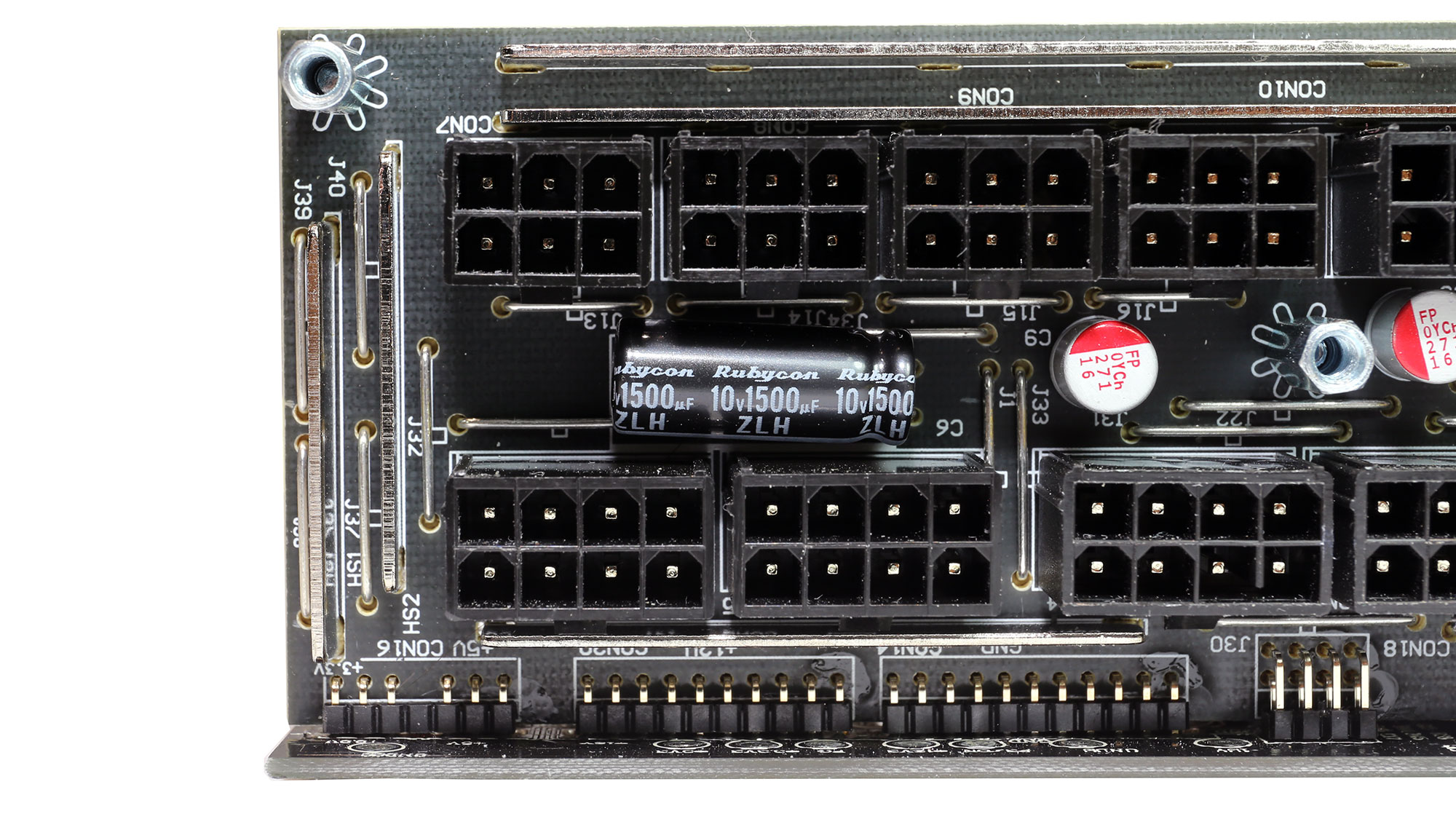

Several electrolytic and polymer caps are installed on the face of the modular PCB.
The main supervisor IC is an IN1S429I-DCG.
The -12V rail uses an STMicroelectronis L7912CV. It is nice to see a regulating IC for this rail since it provides enhanced protection.
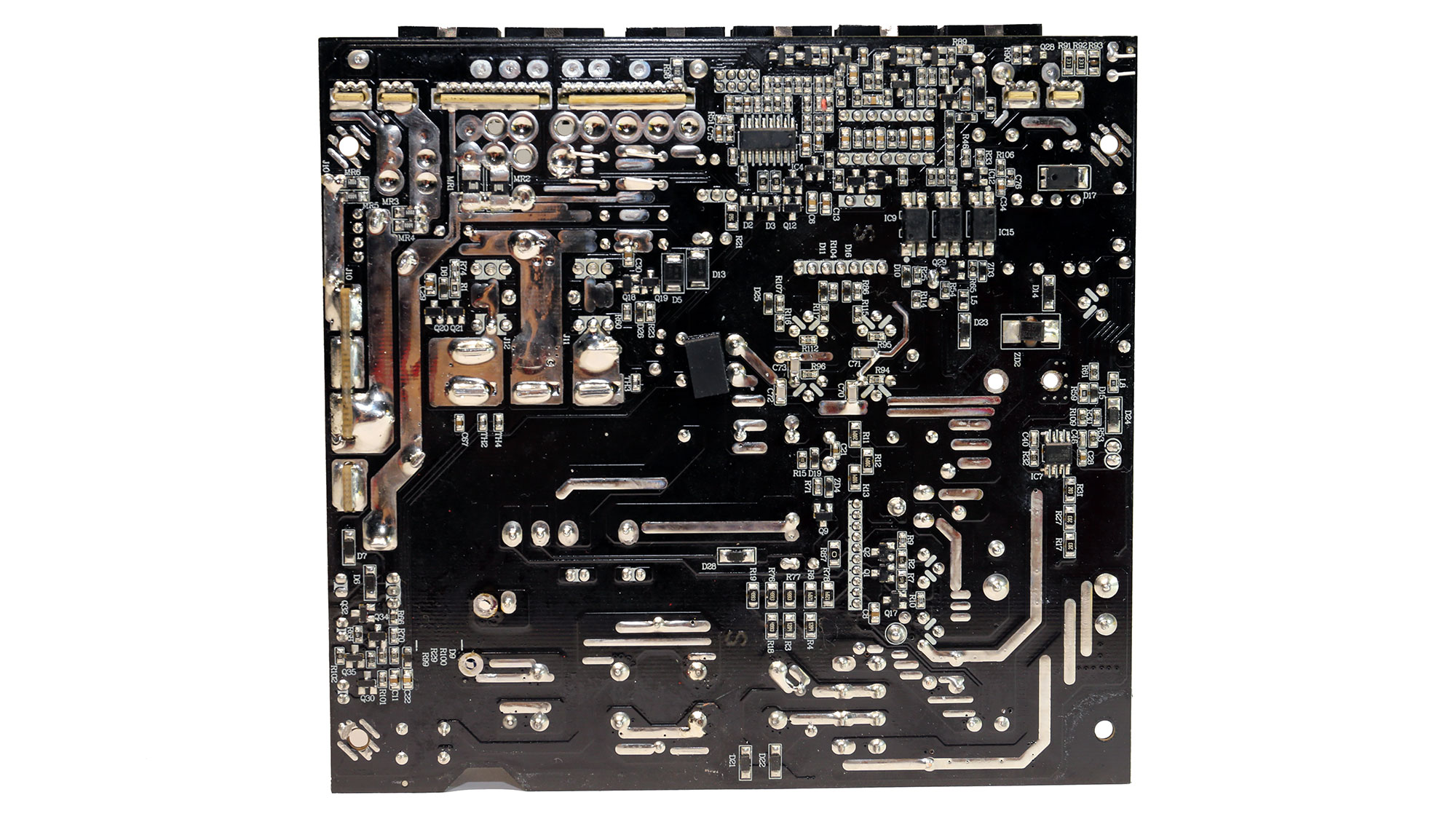

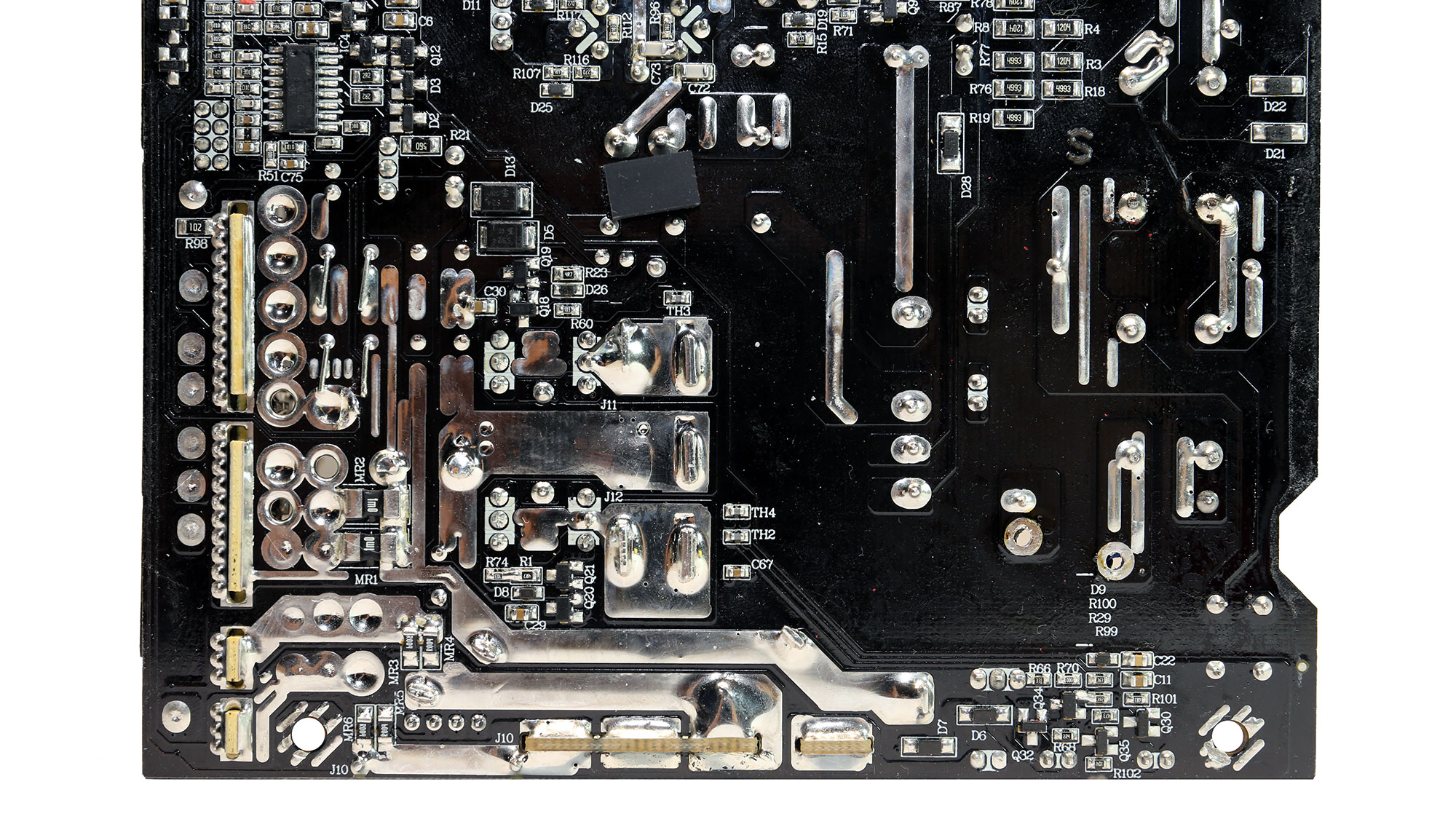
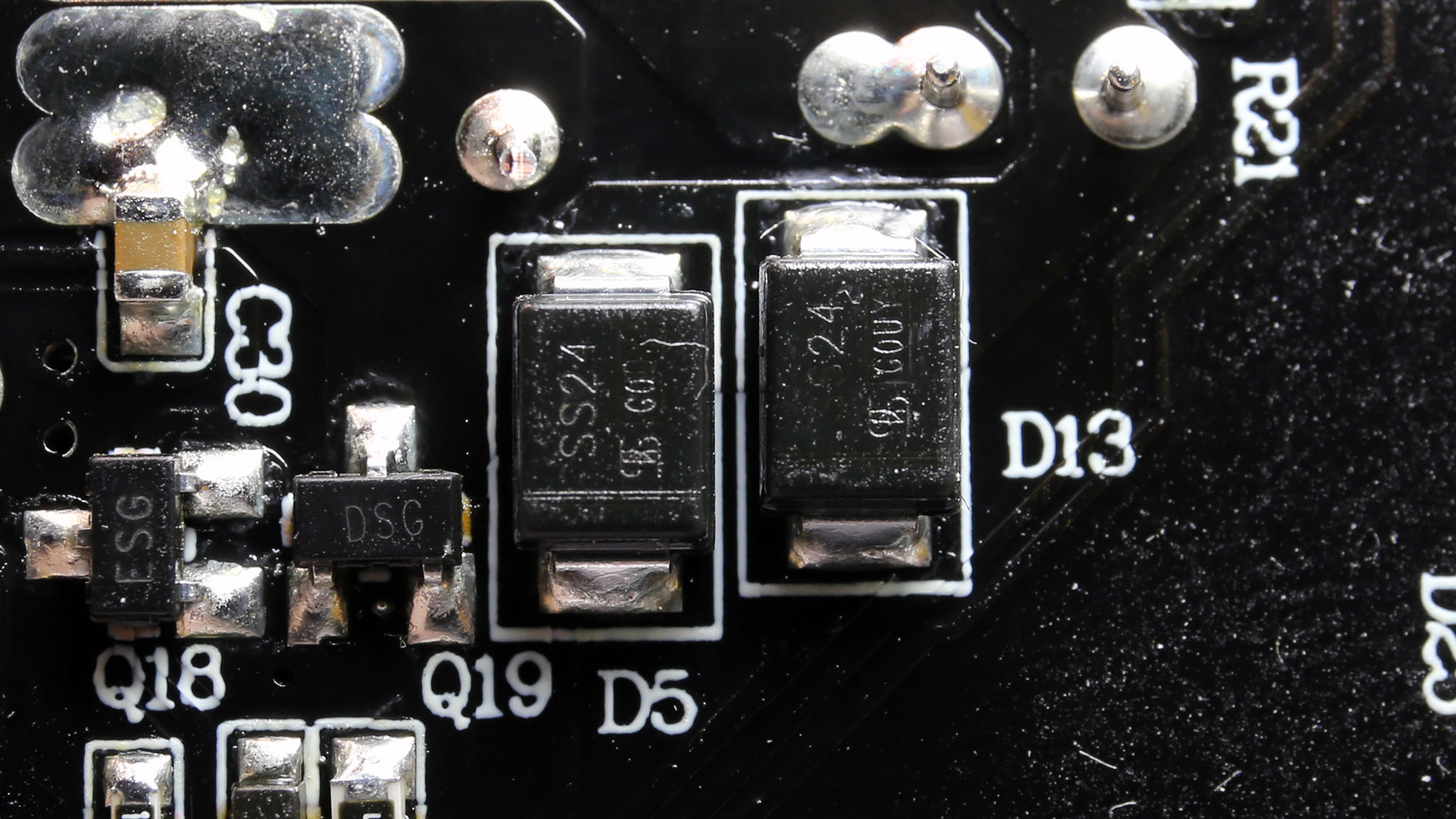
Soldering quality is good.
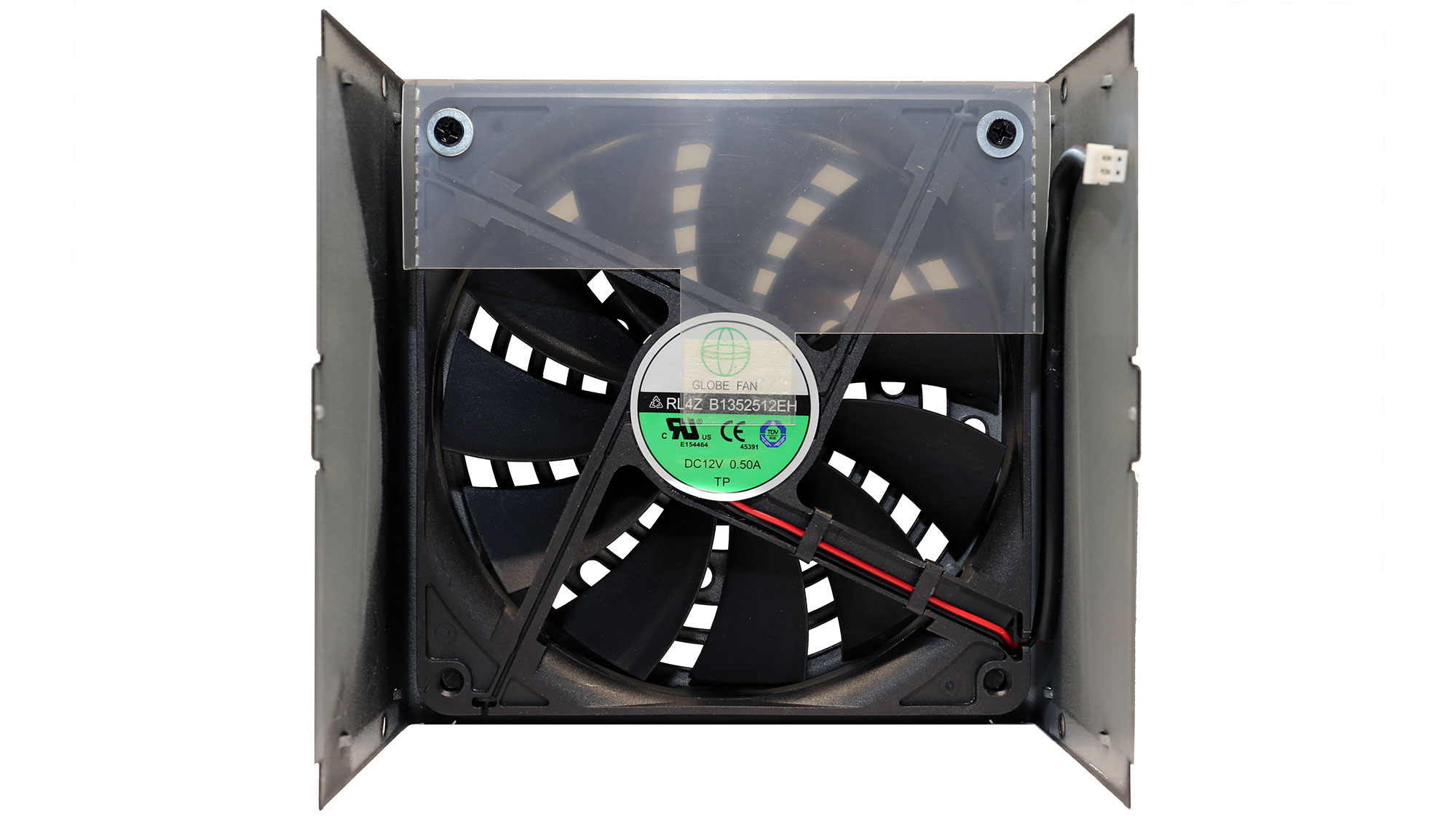
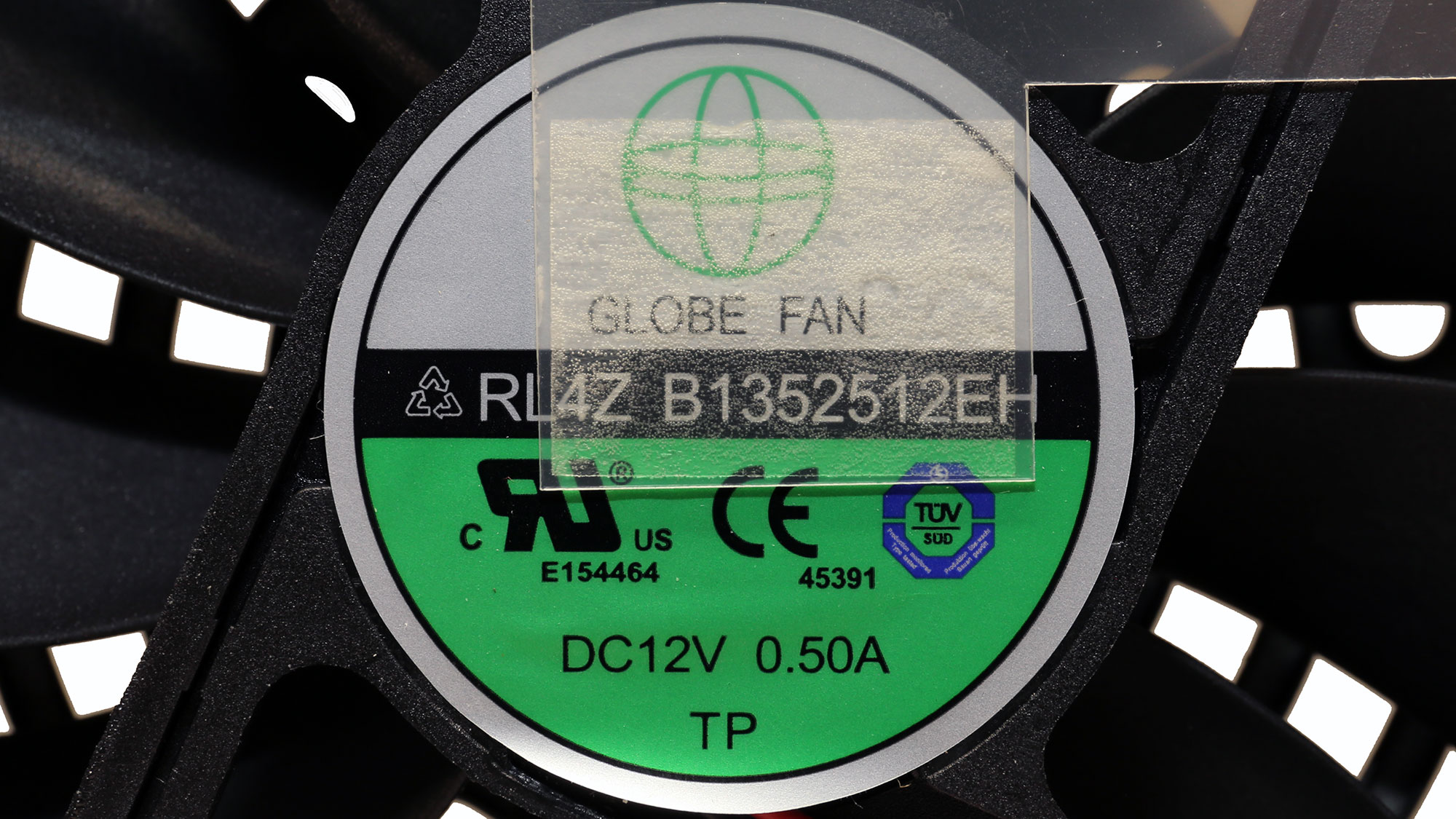
The cooling fan uses double ball-bearings and it is of high quality.
MORE: Best Power Supplies
MORE: How We Test Power Supplies
MORE: All Power Supply Content
Current page: Specifications and Part Analysis
Next Page Load Regulation, Hold-Up Time, Inrush and Leakage Current, Efficiency and Noise
Aris Mpitziopoulos is a contributing editor at Tom's Hardware, covering PSUs.
